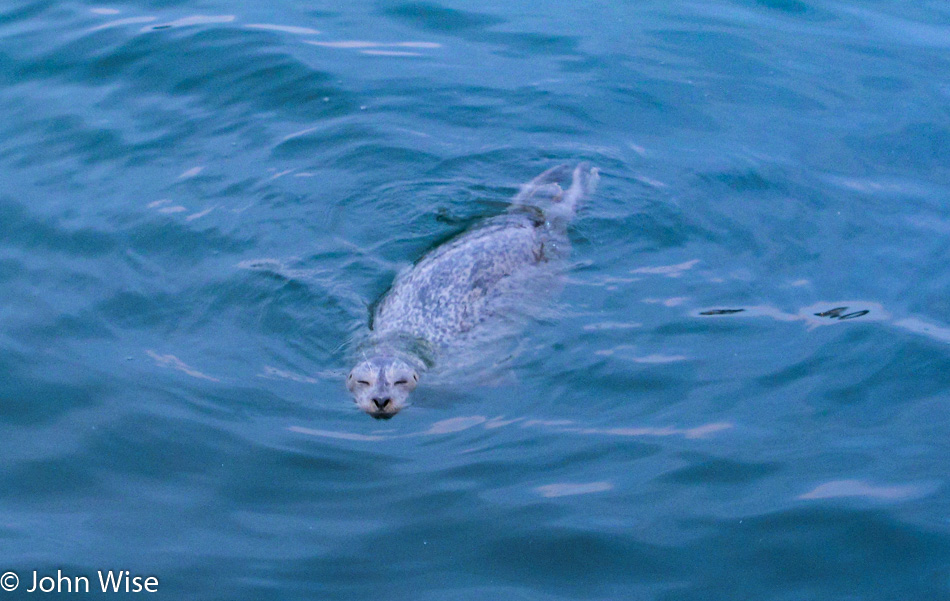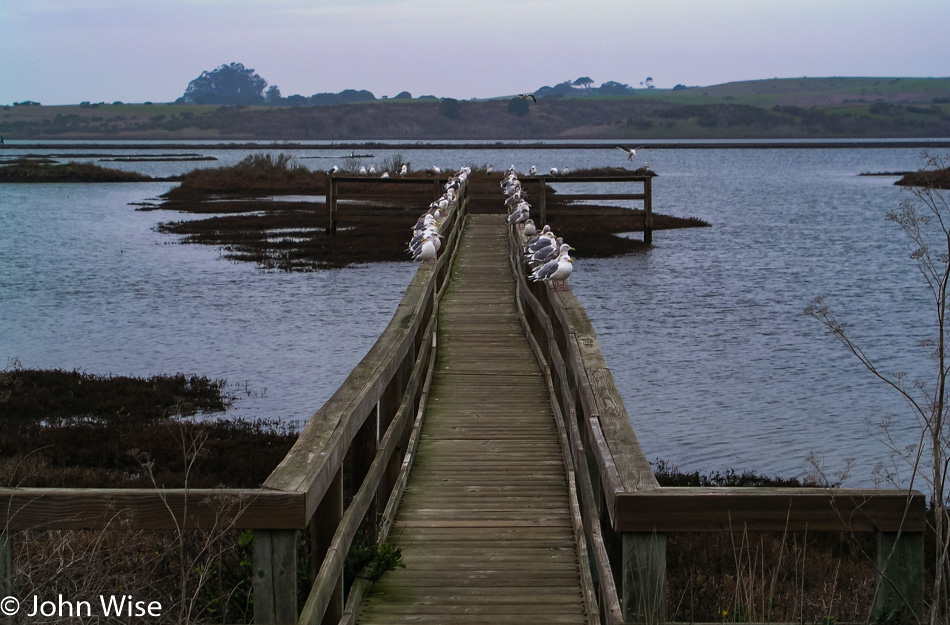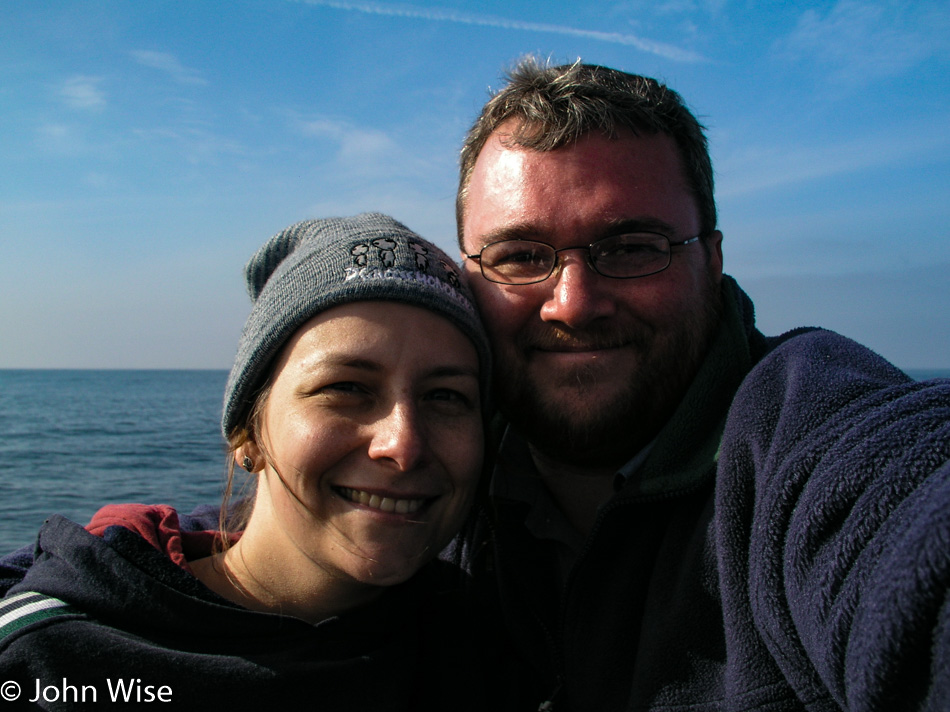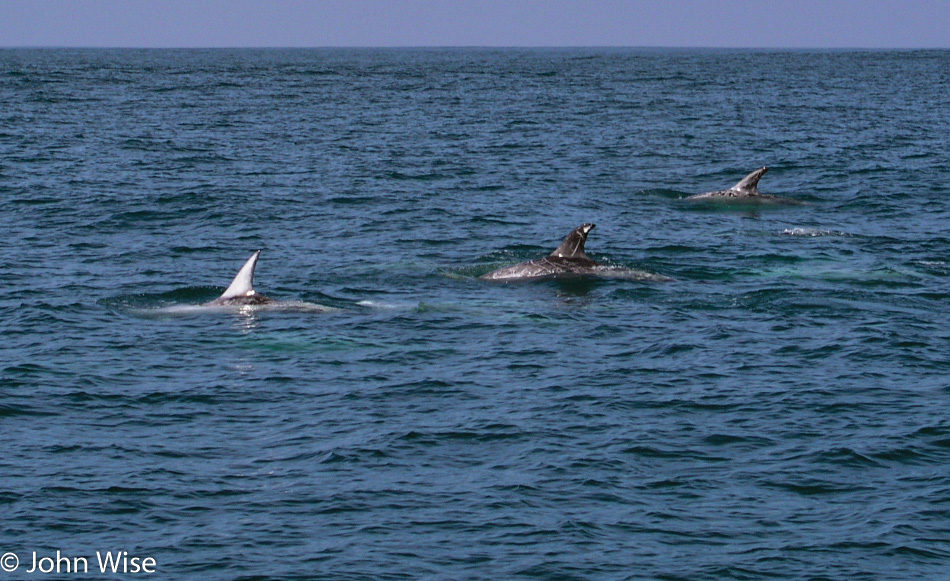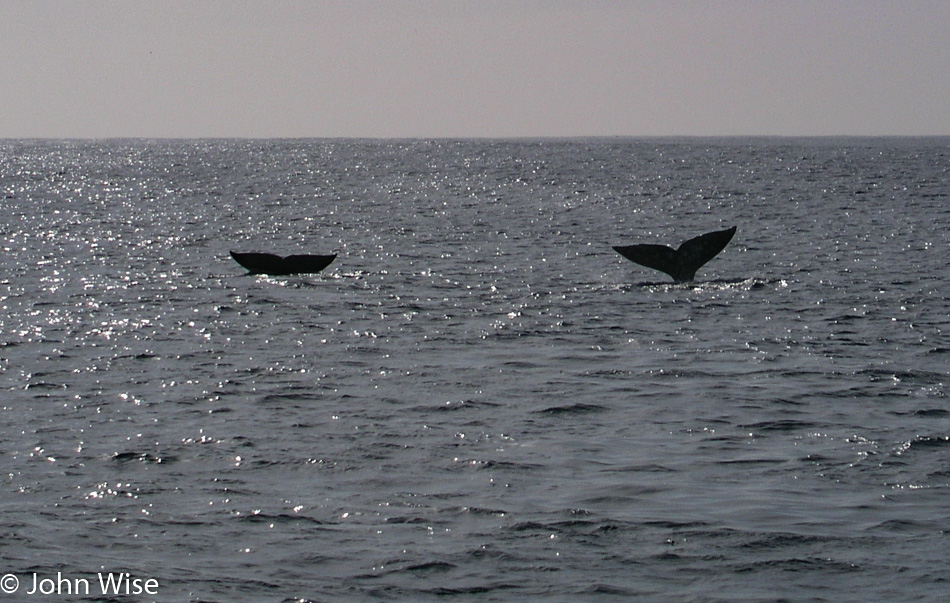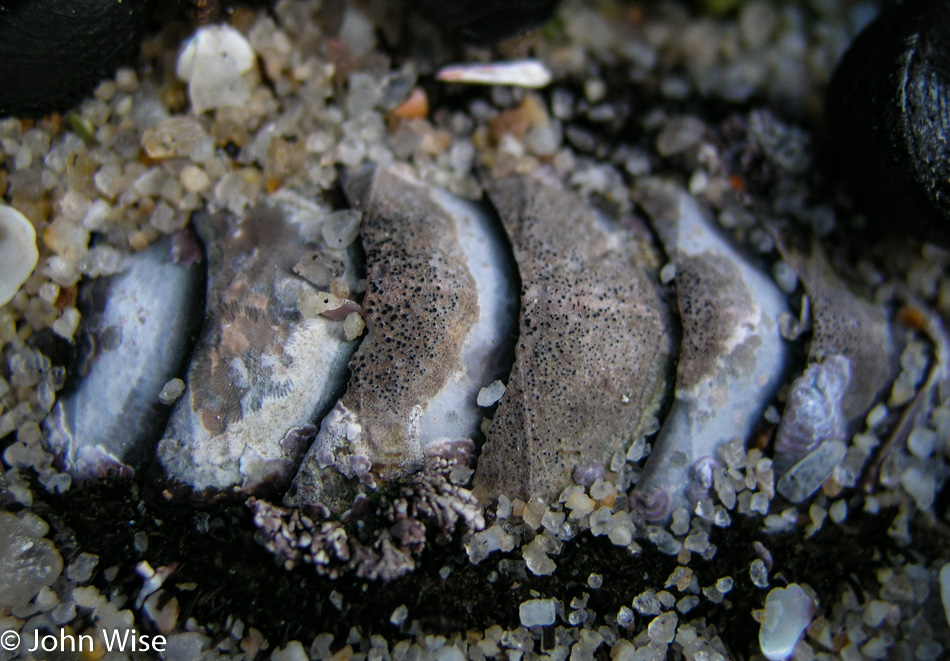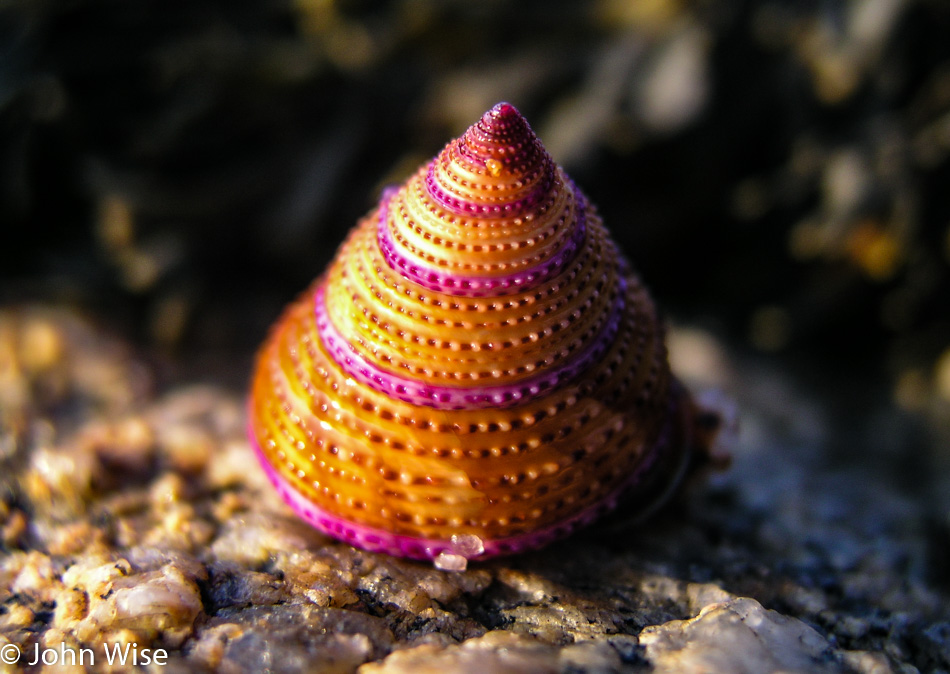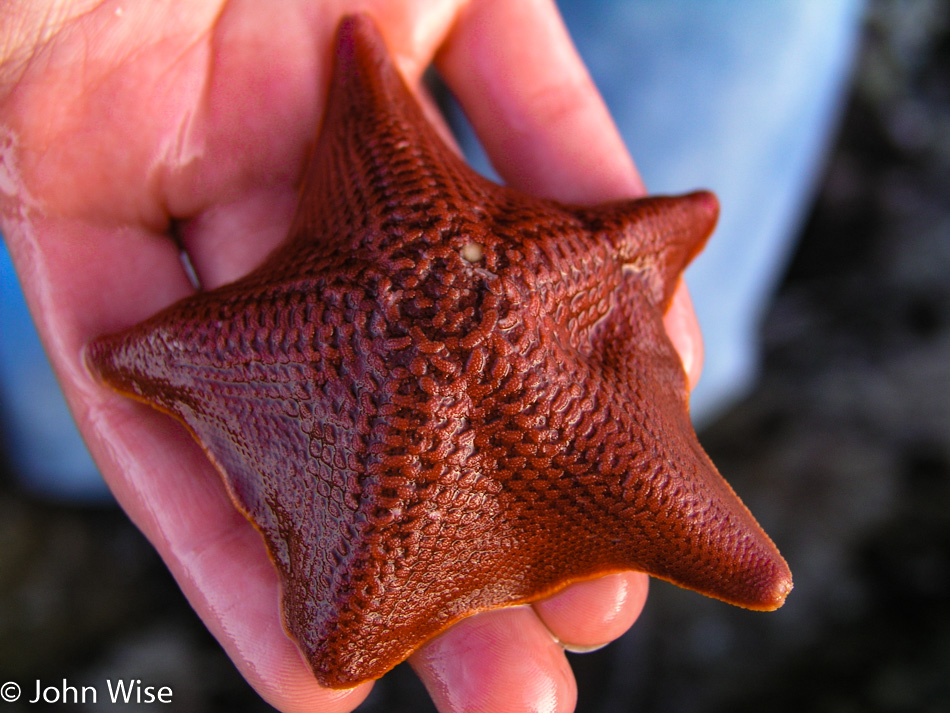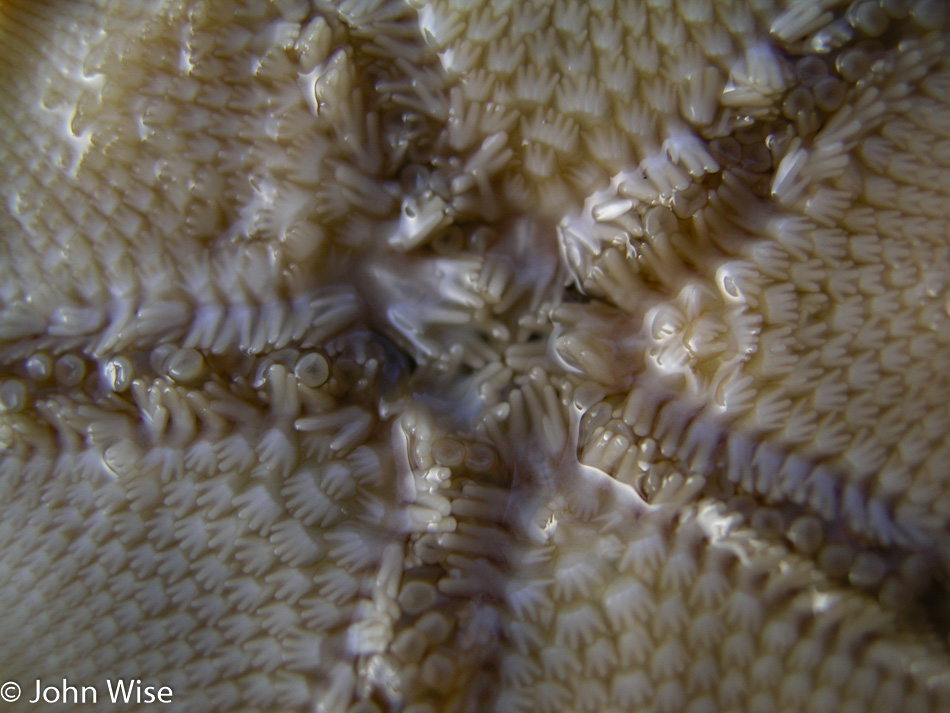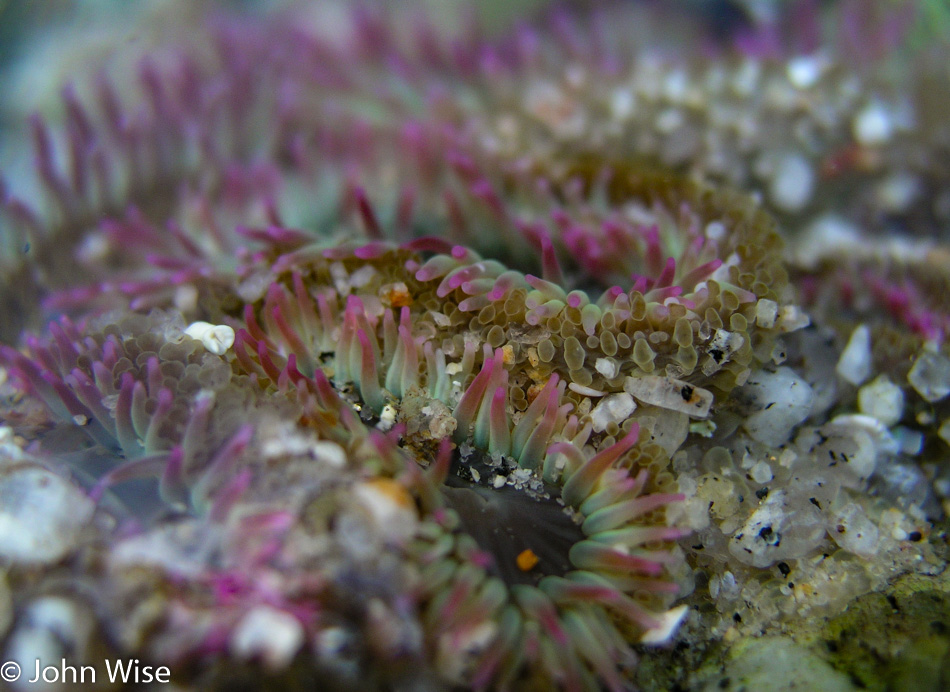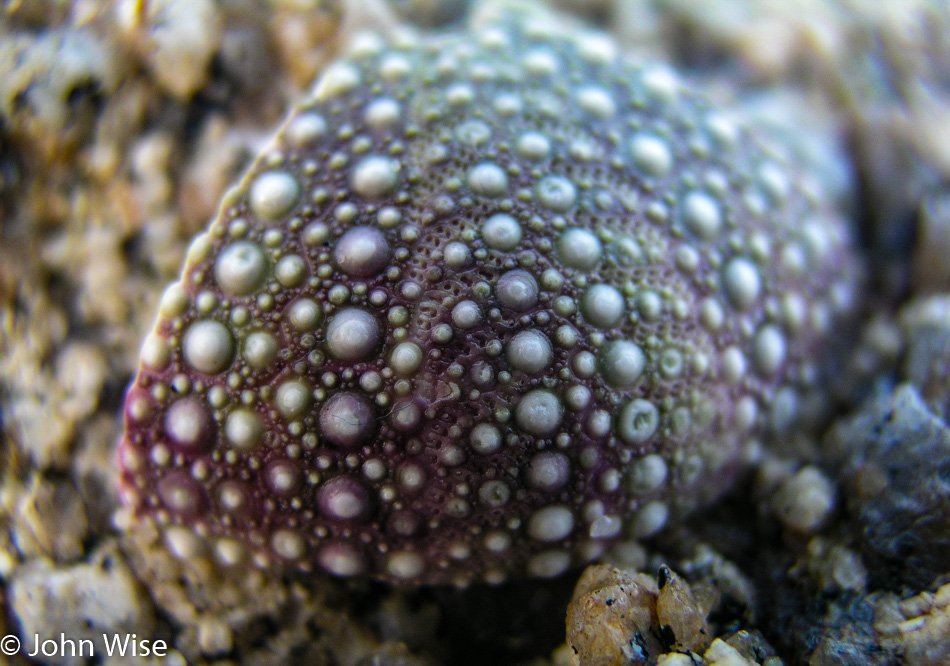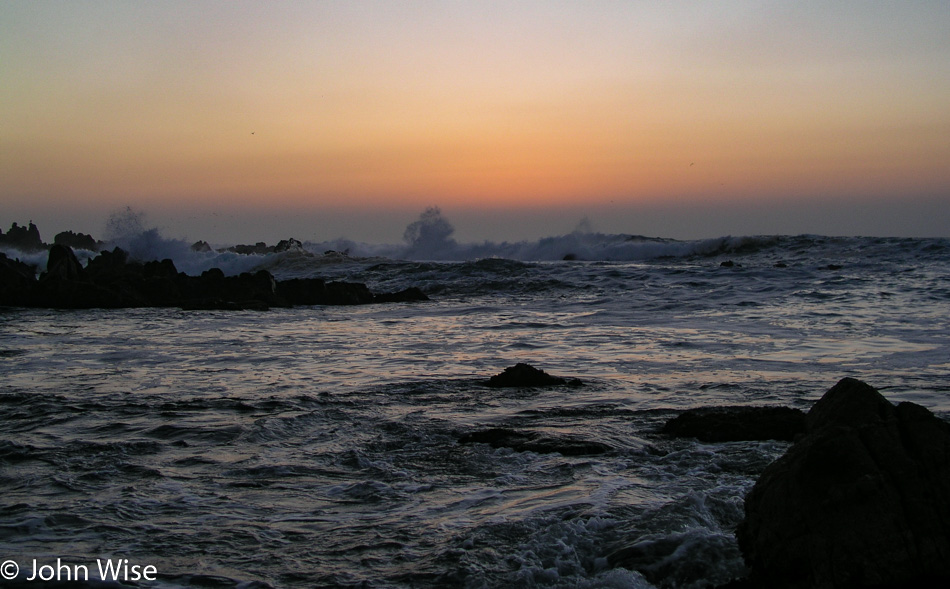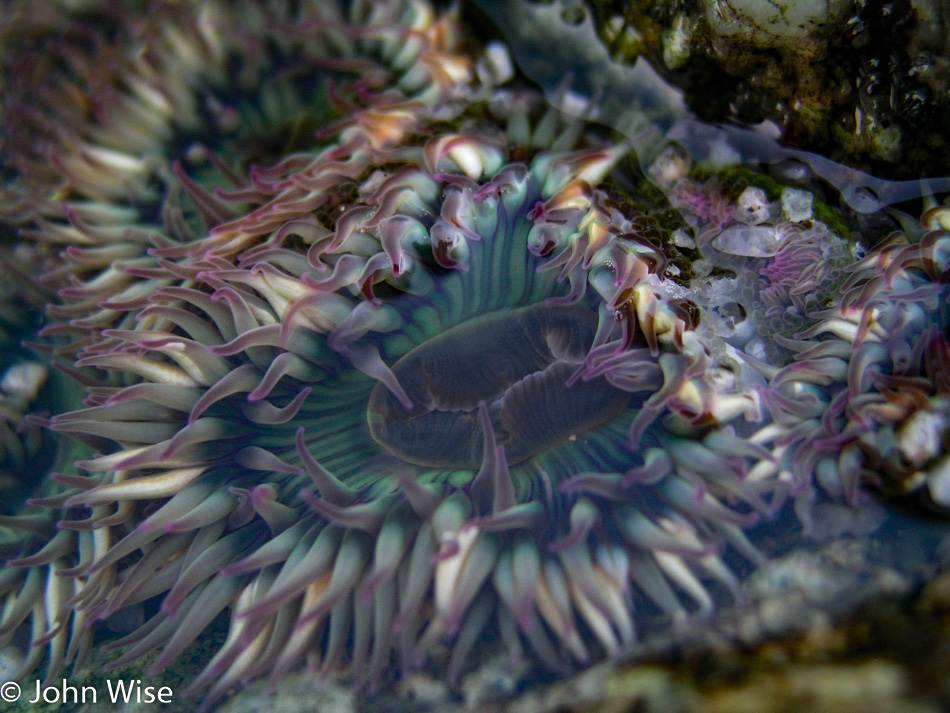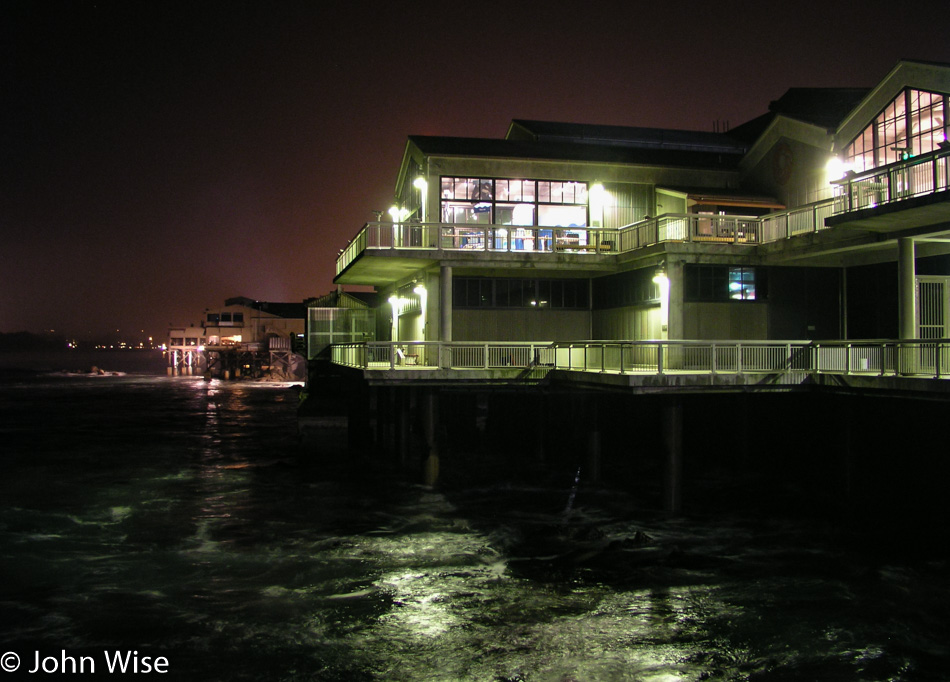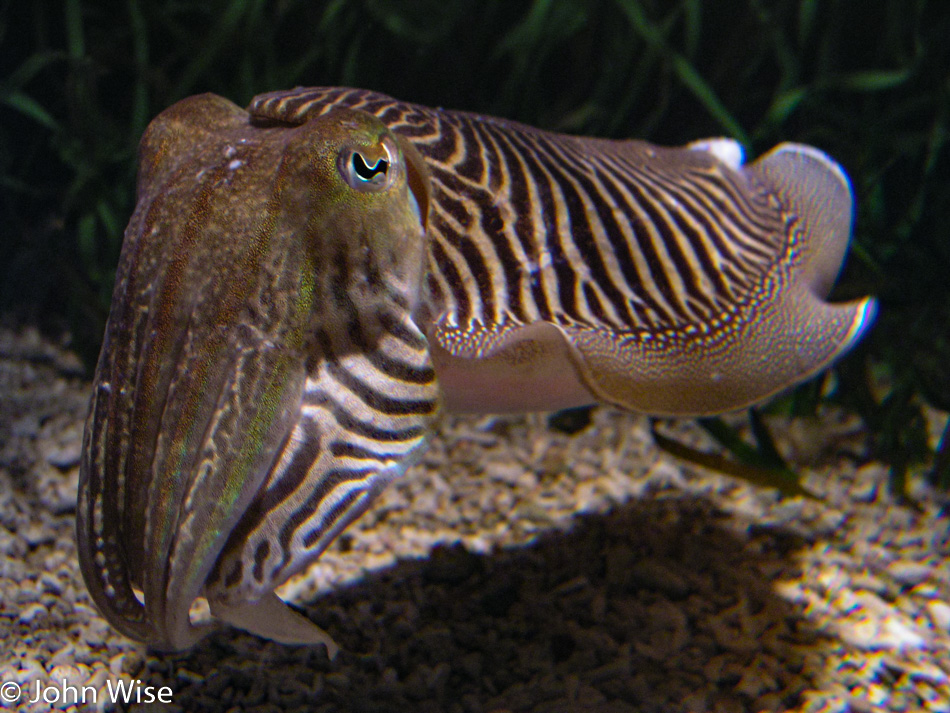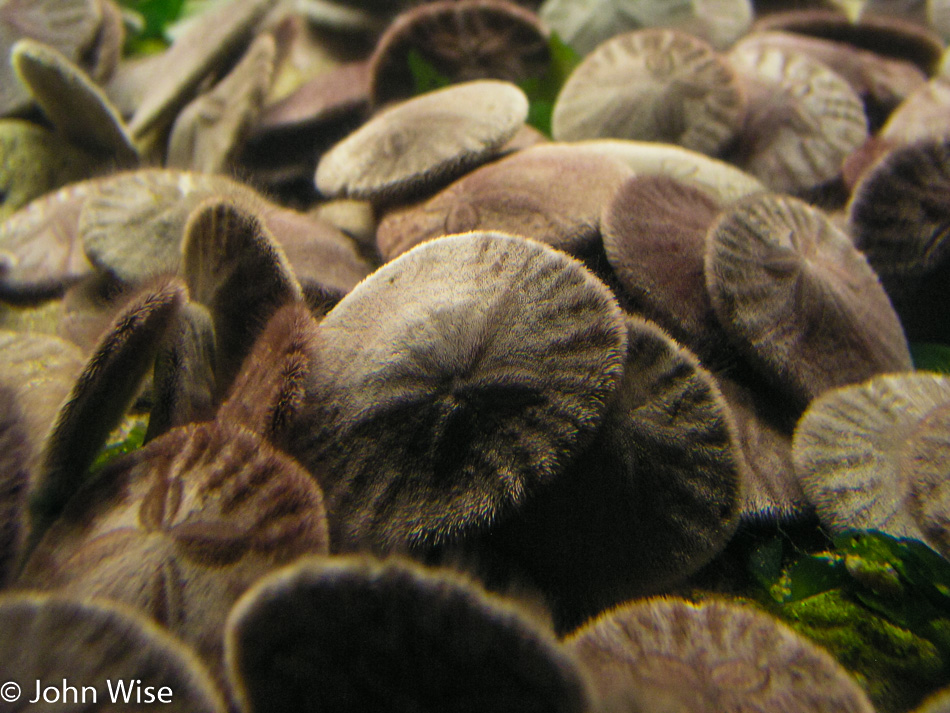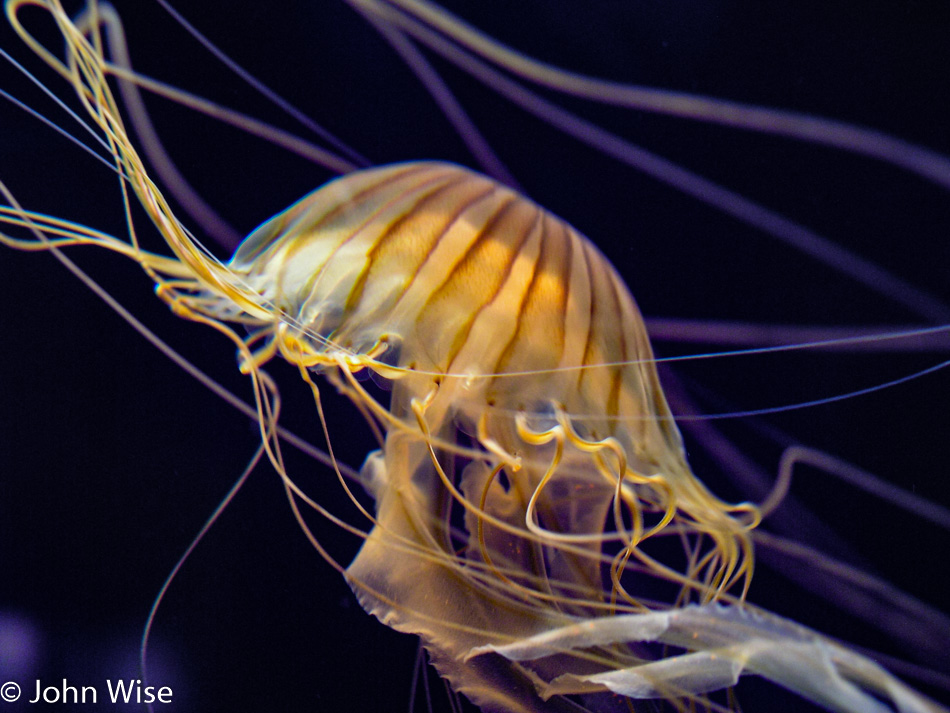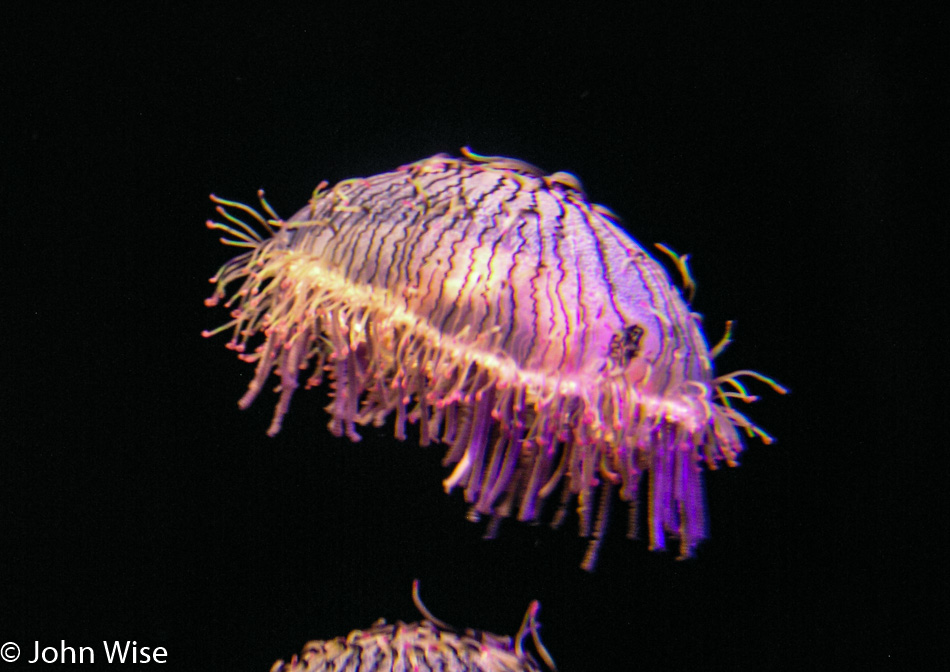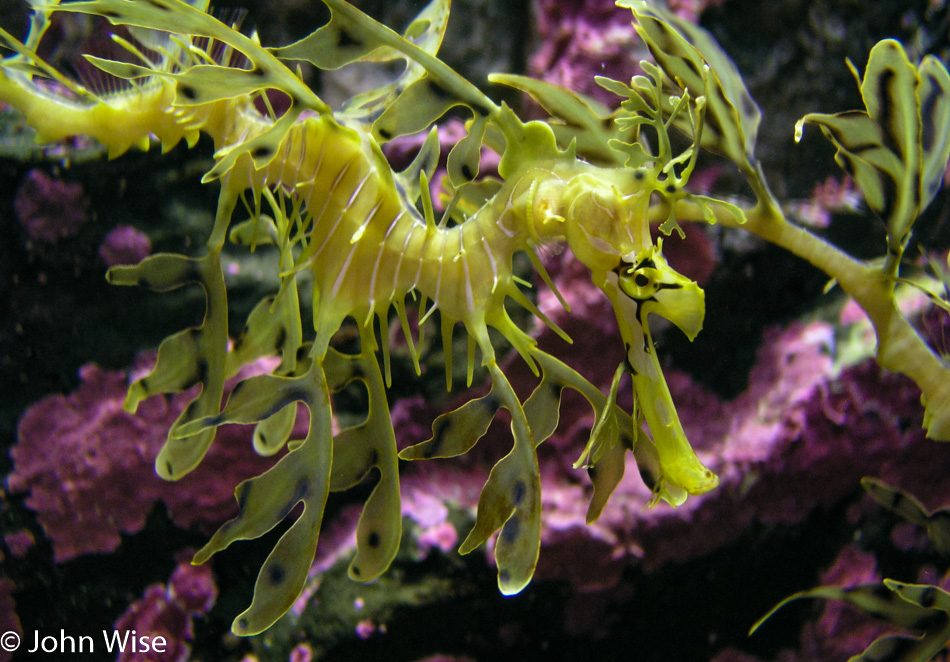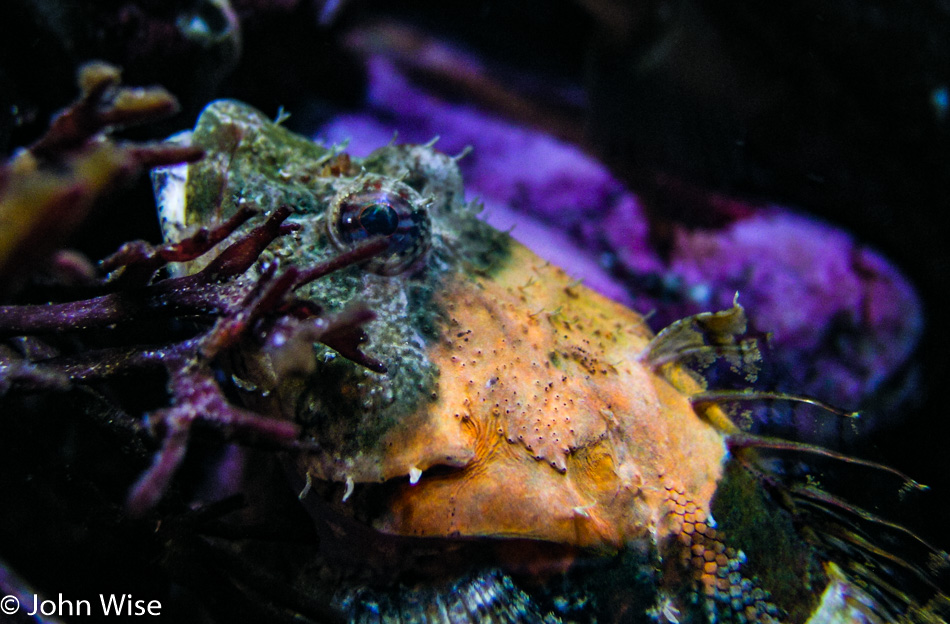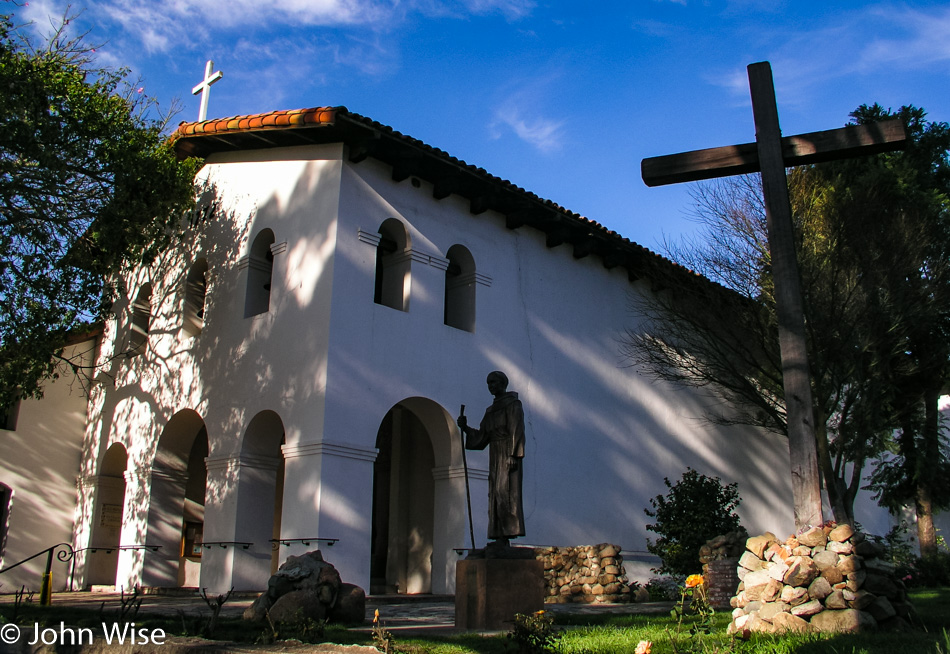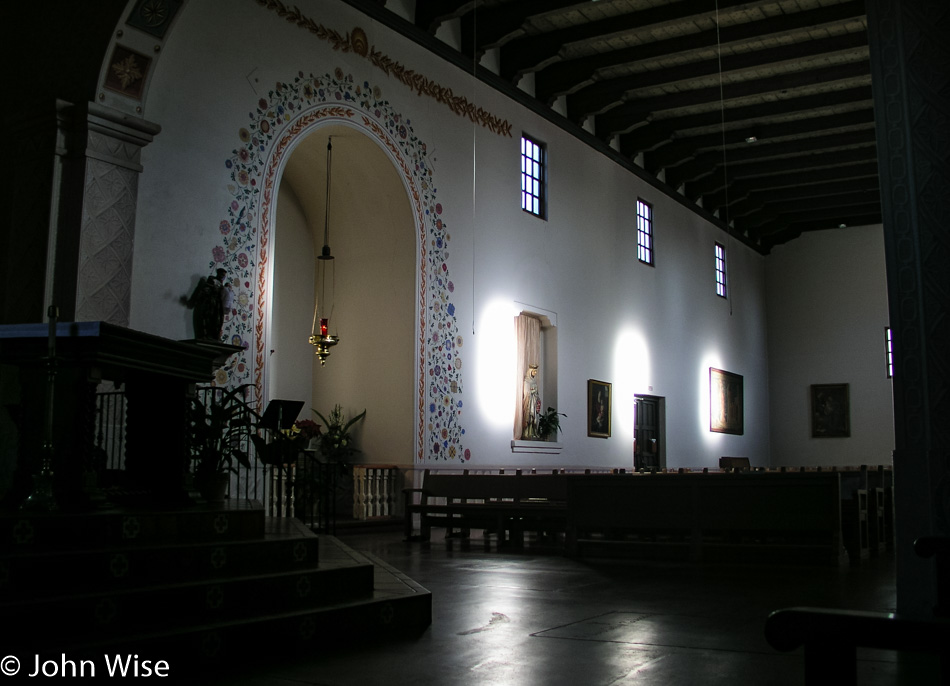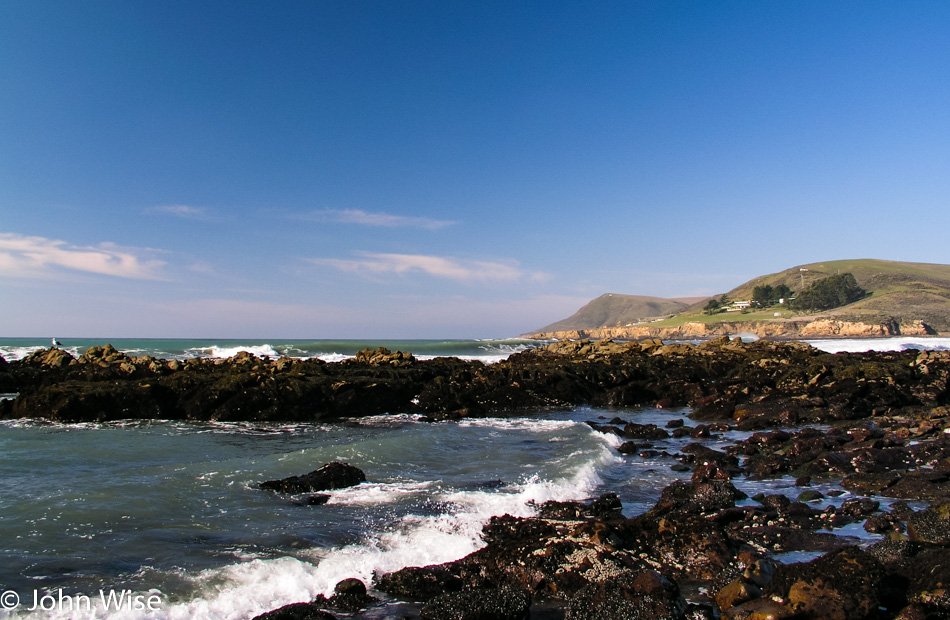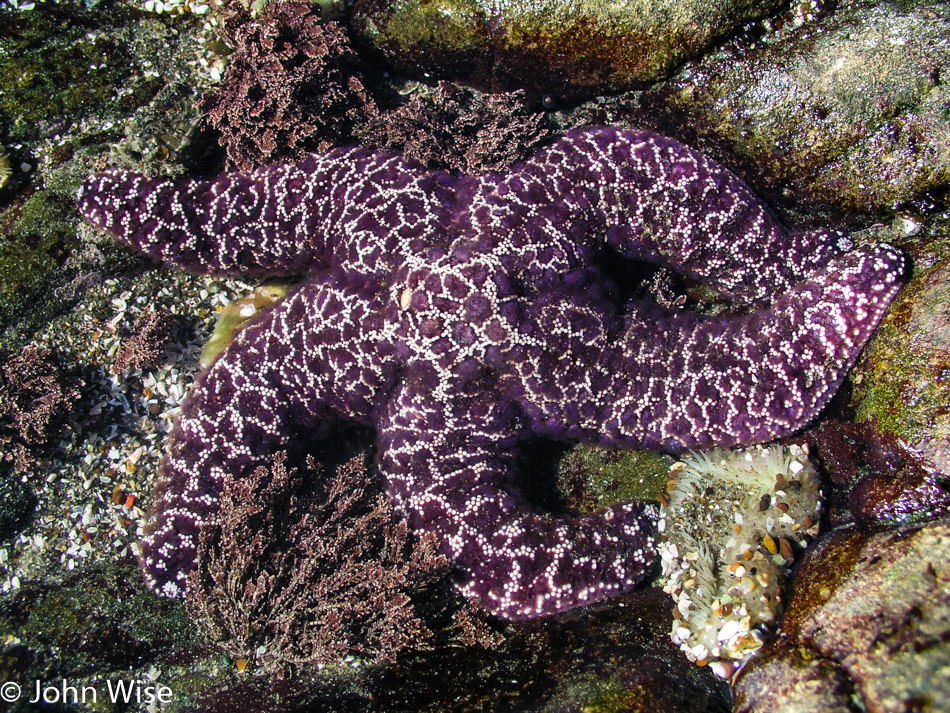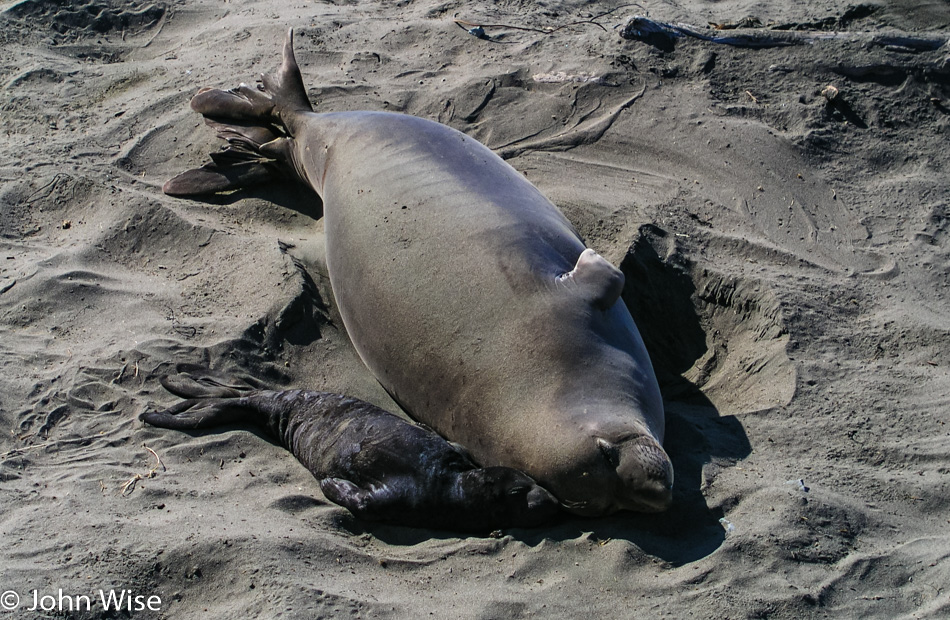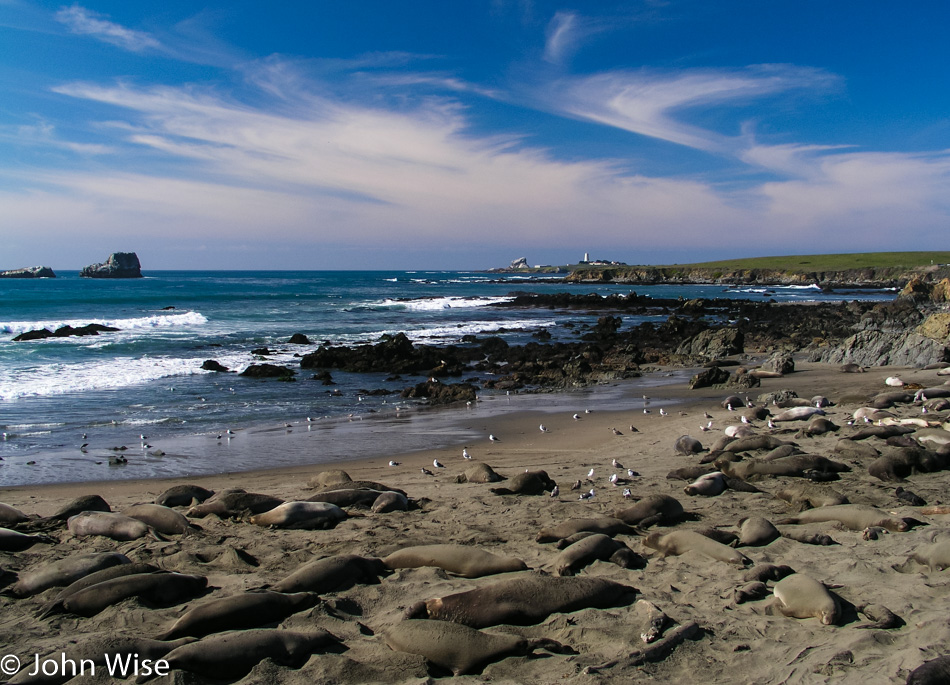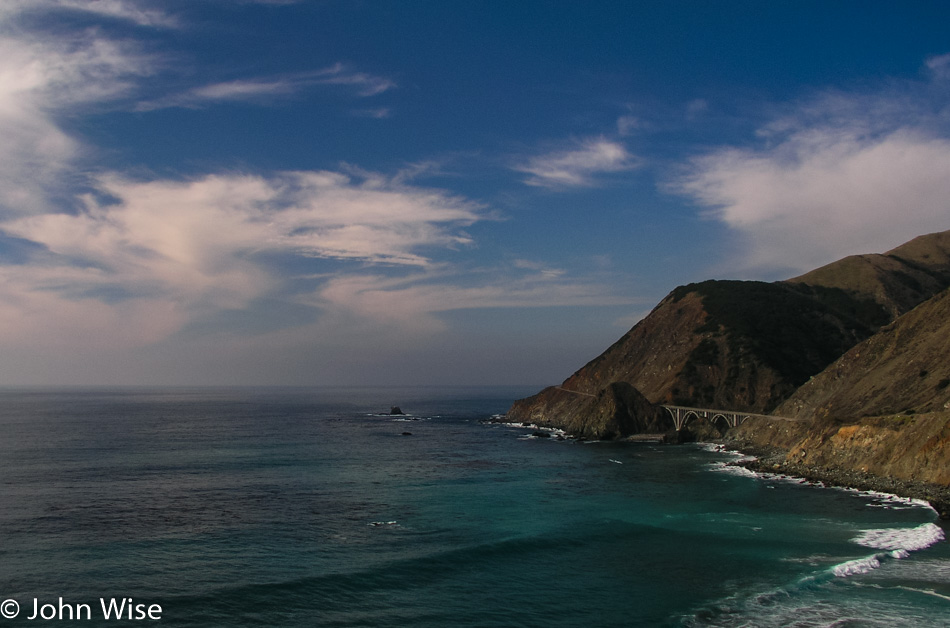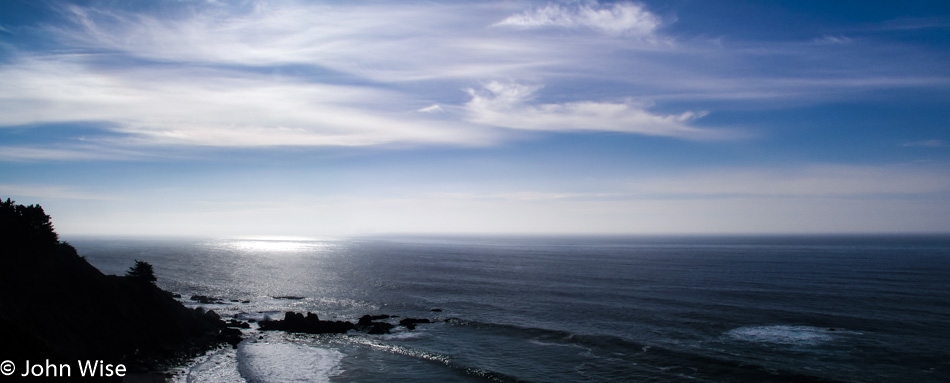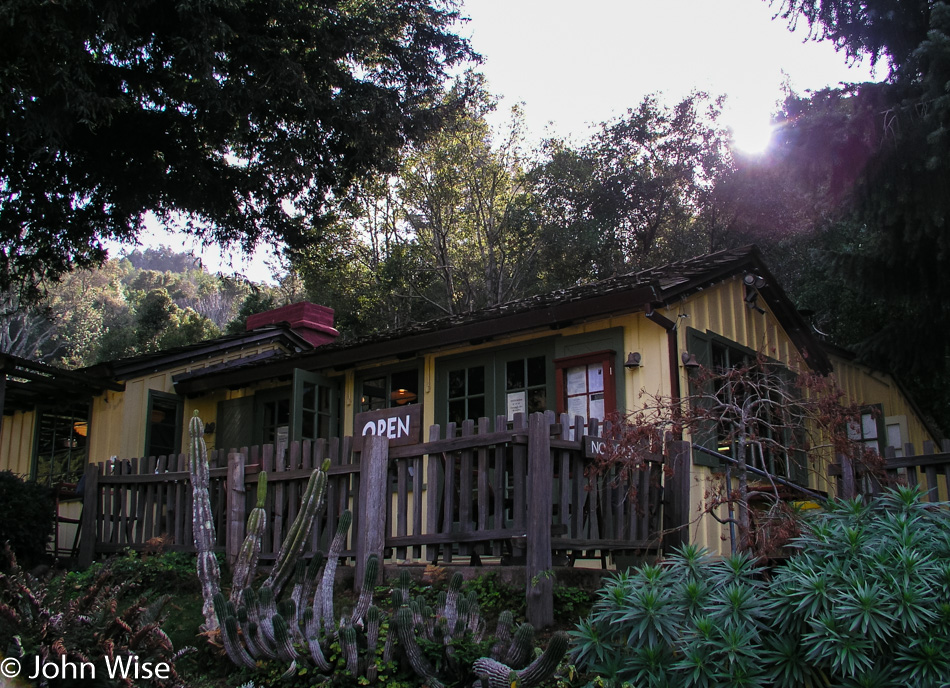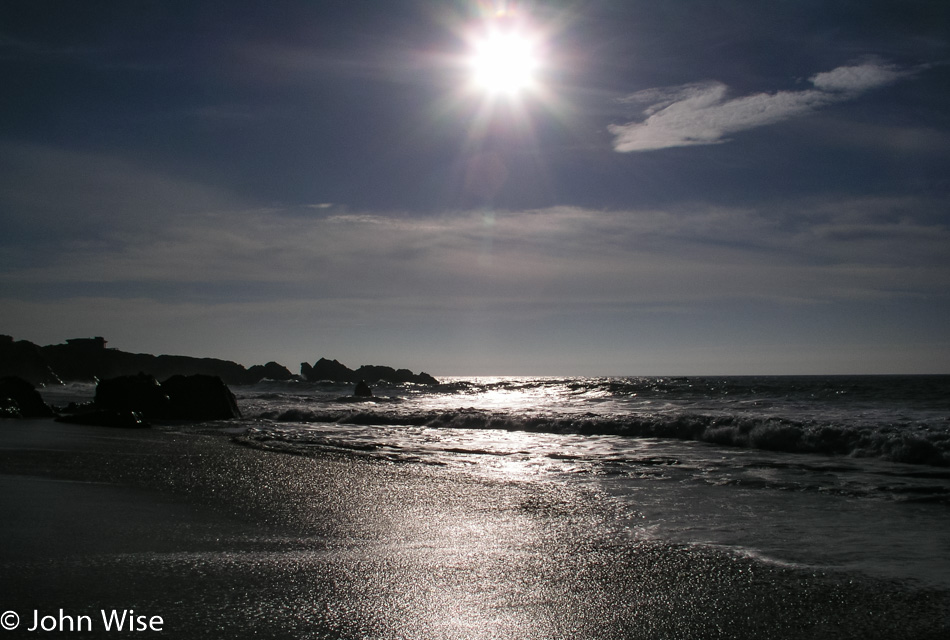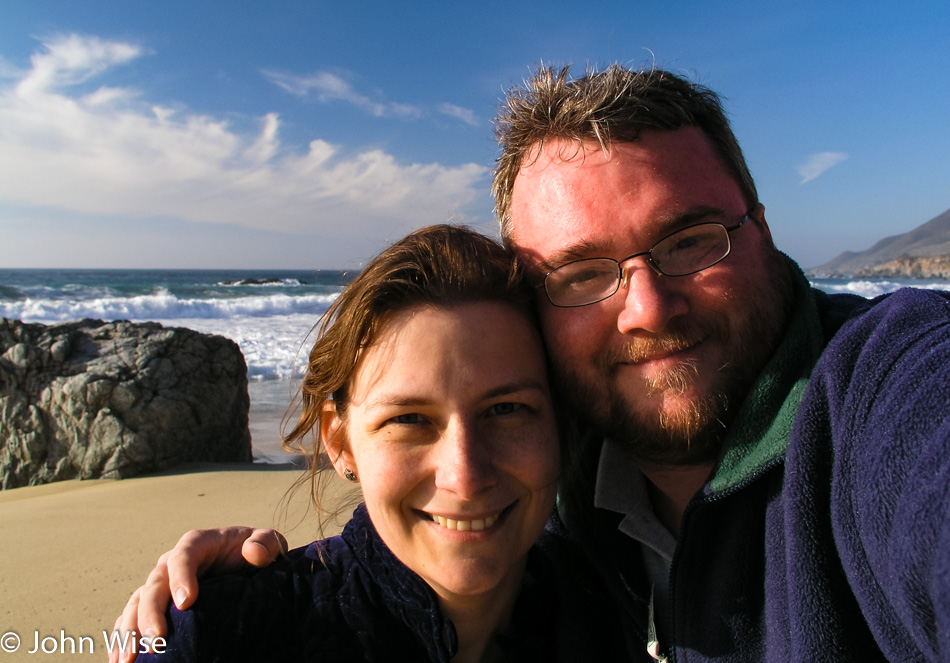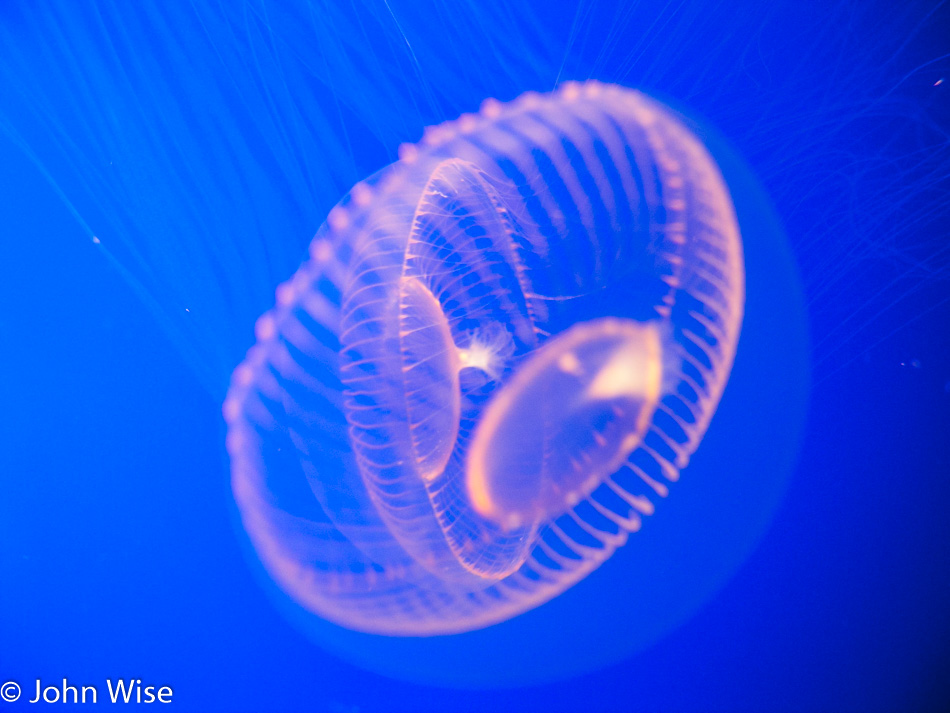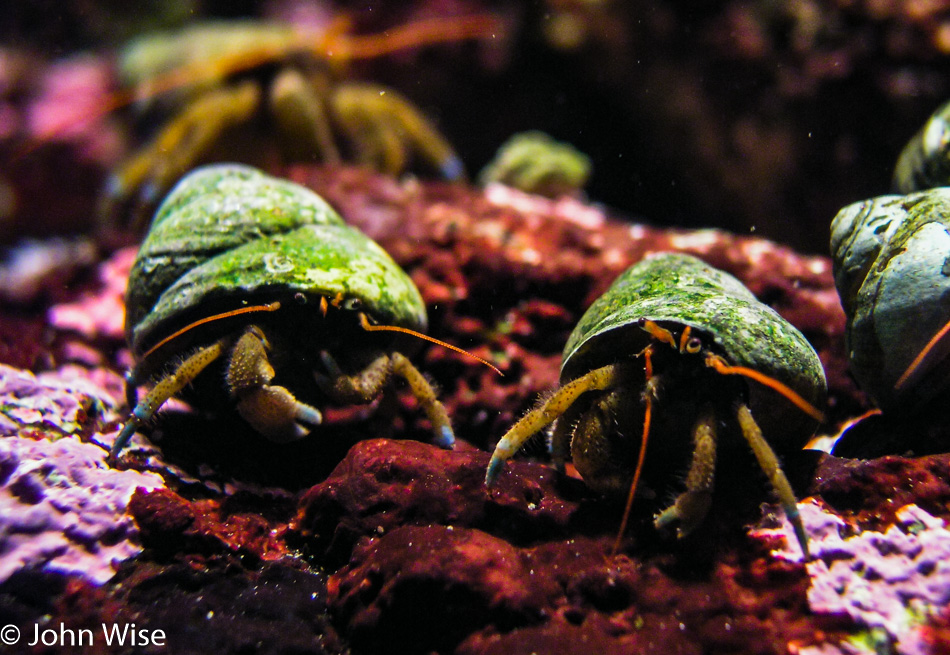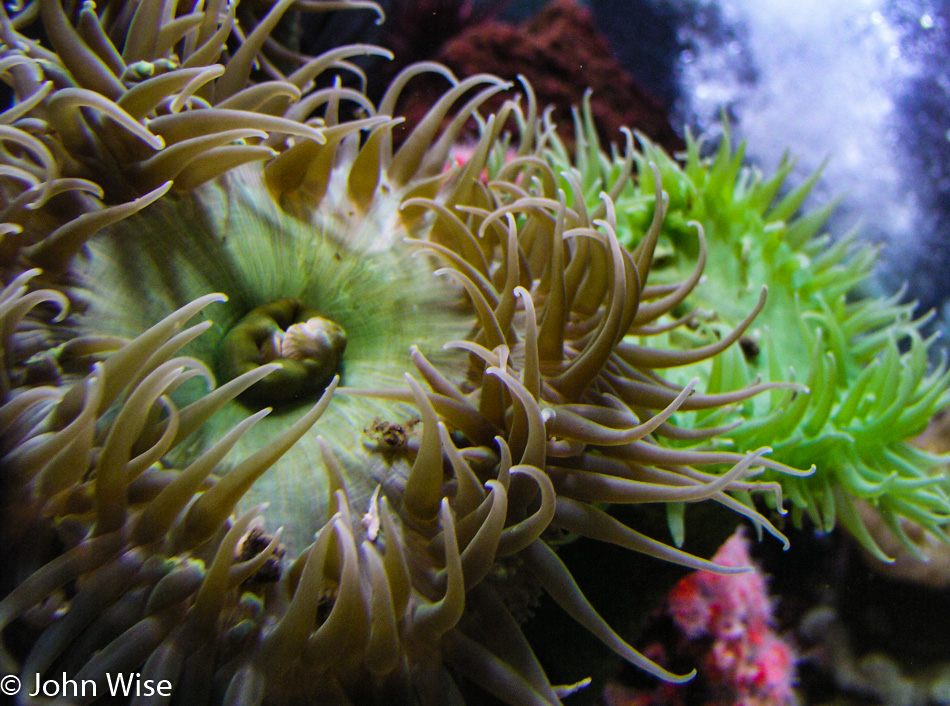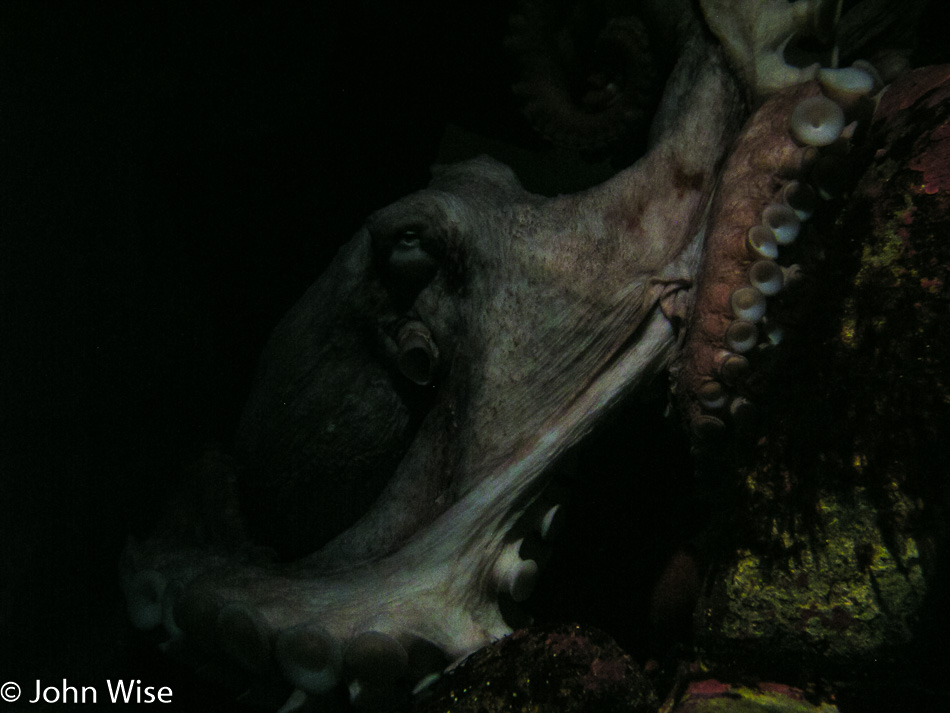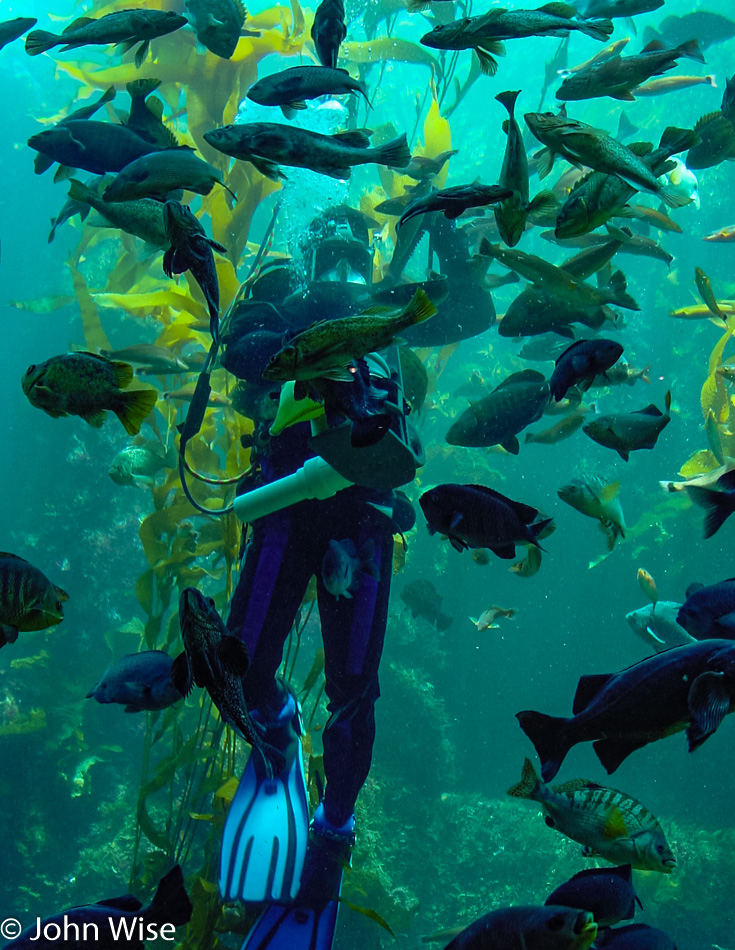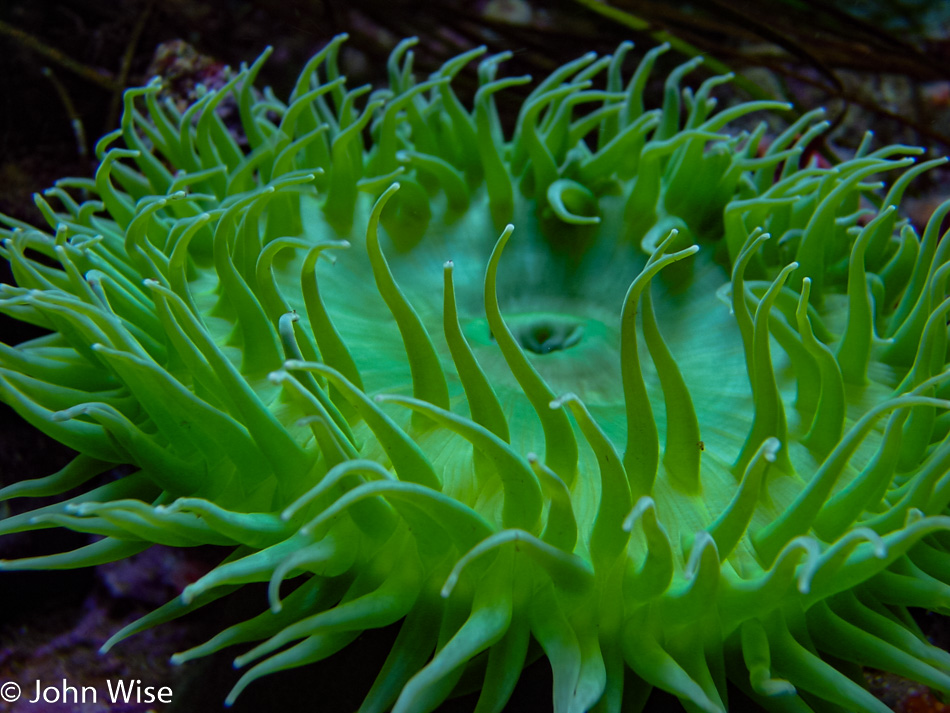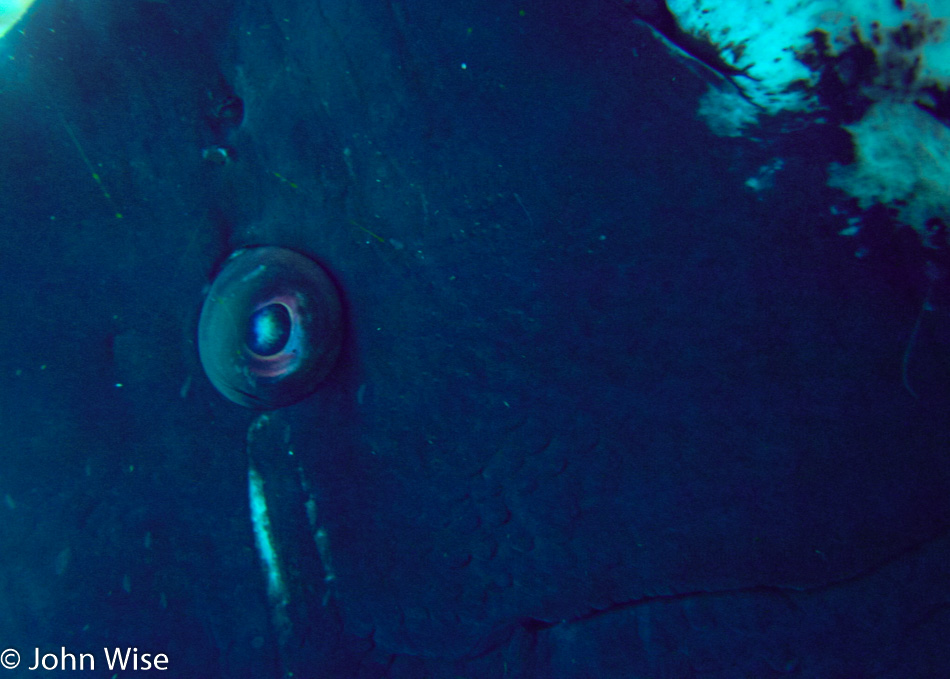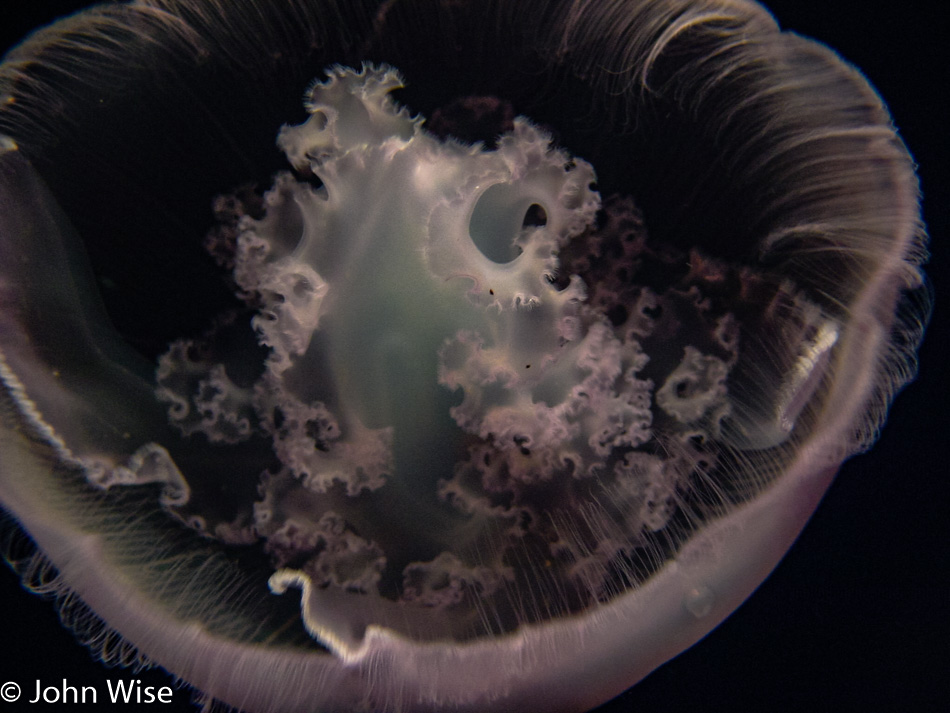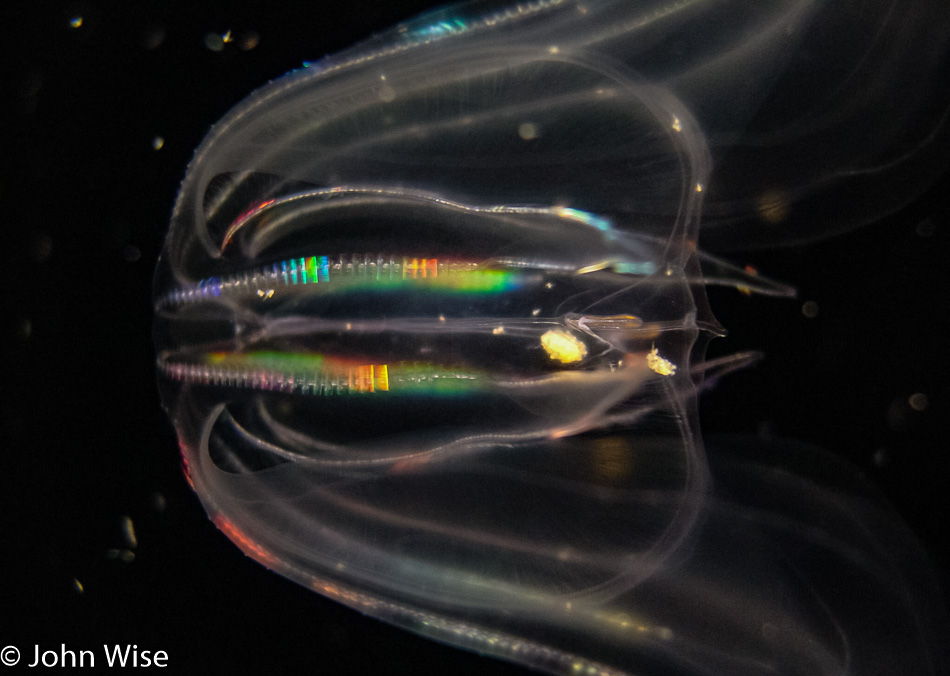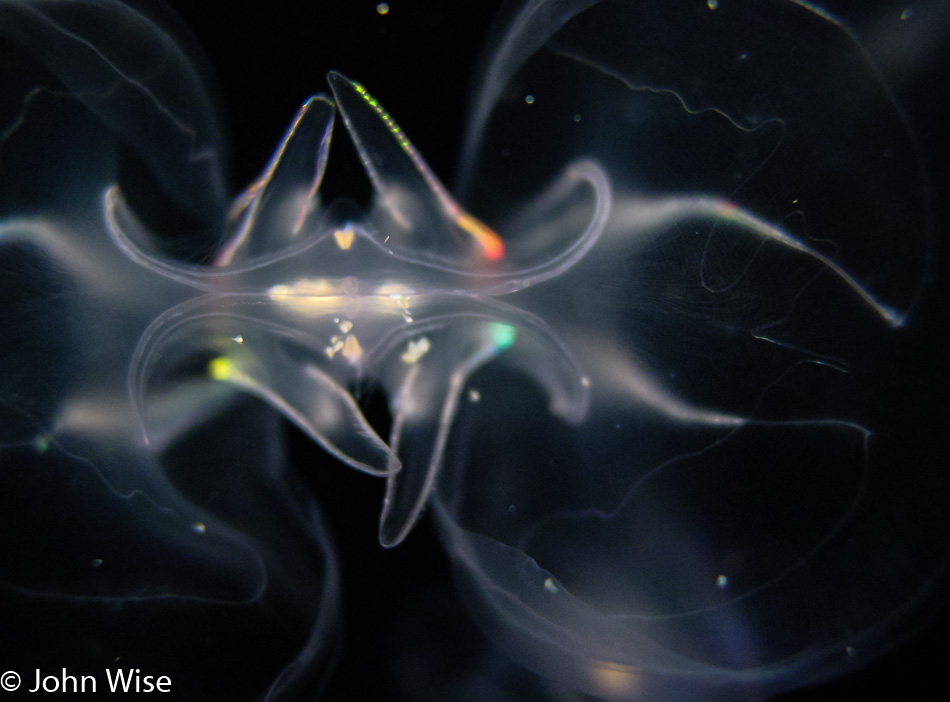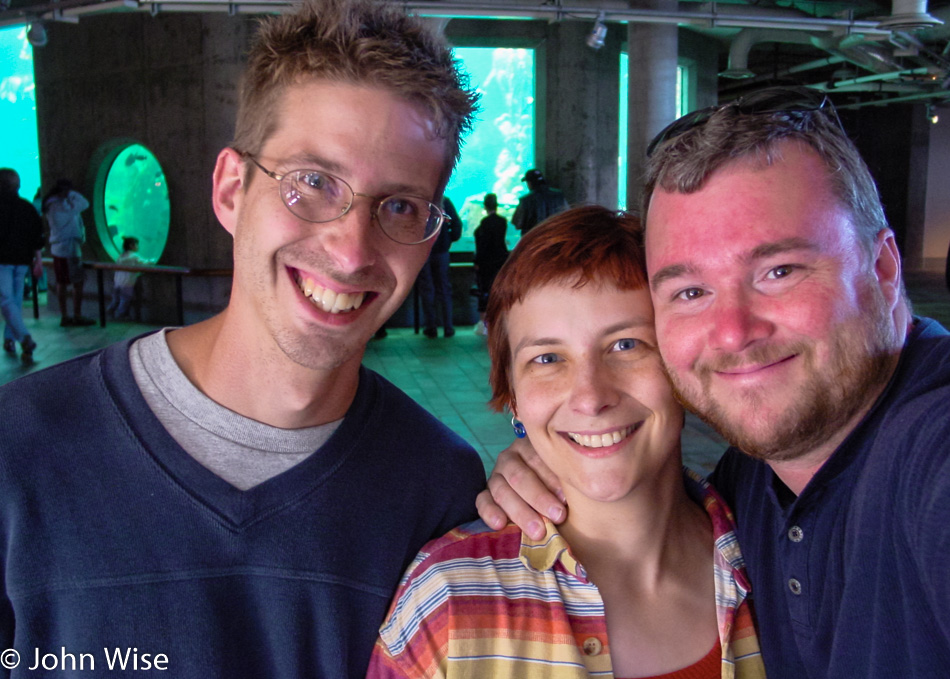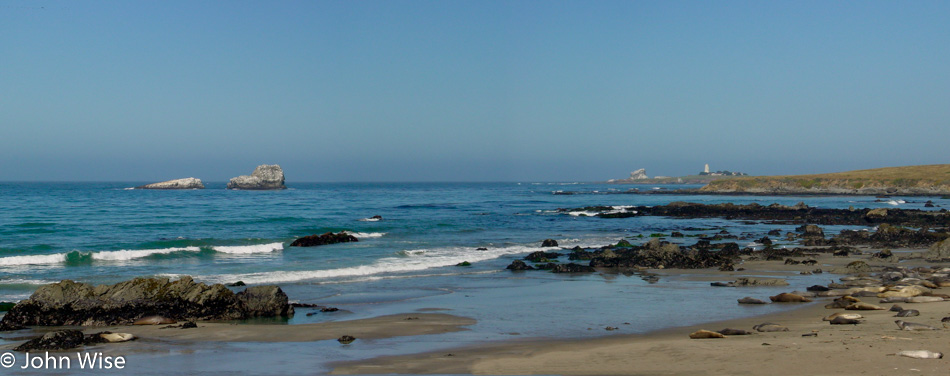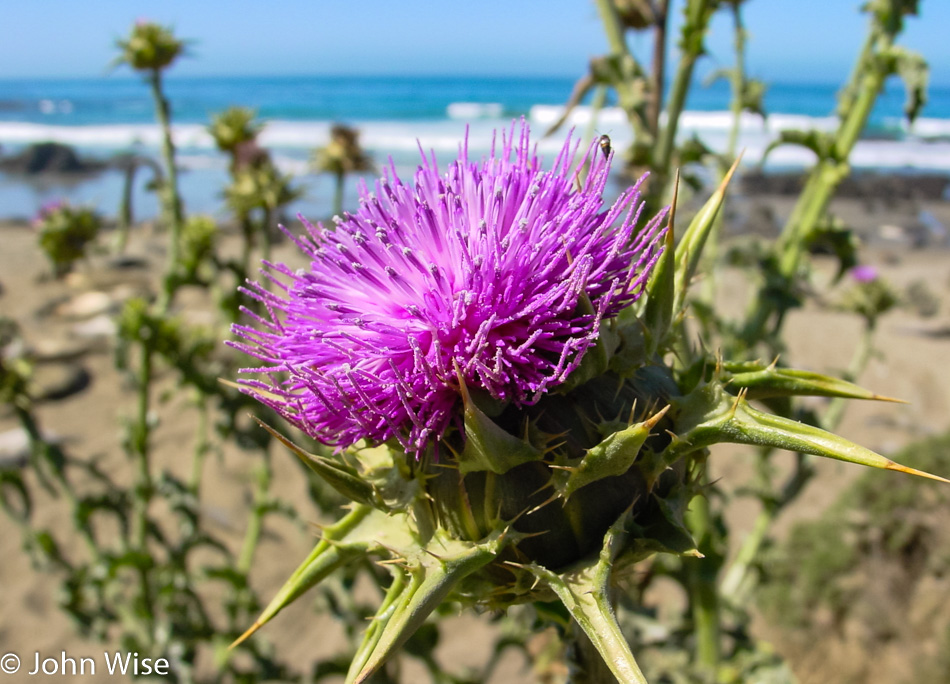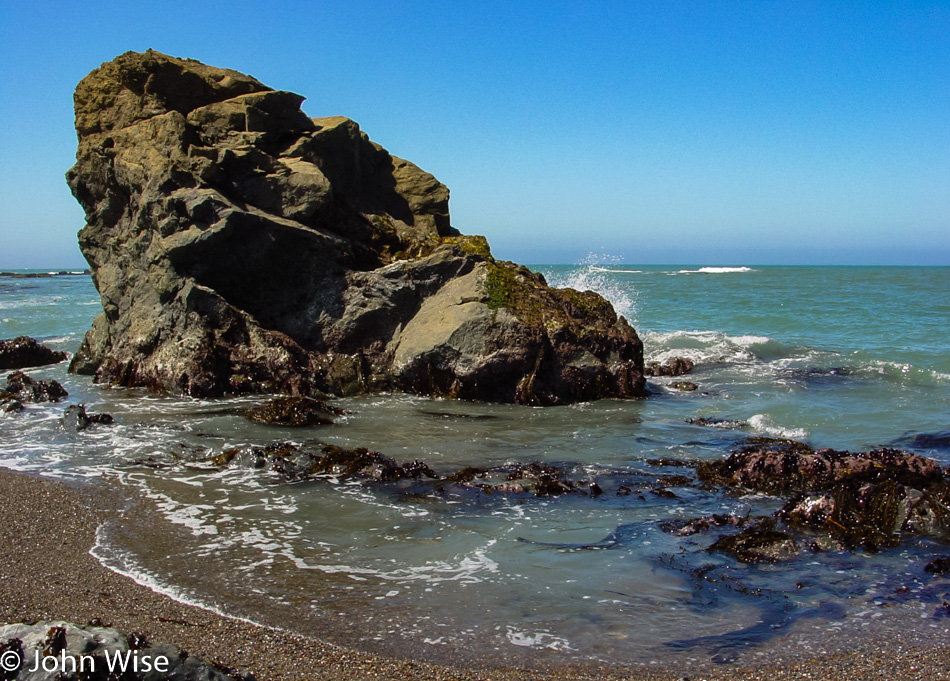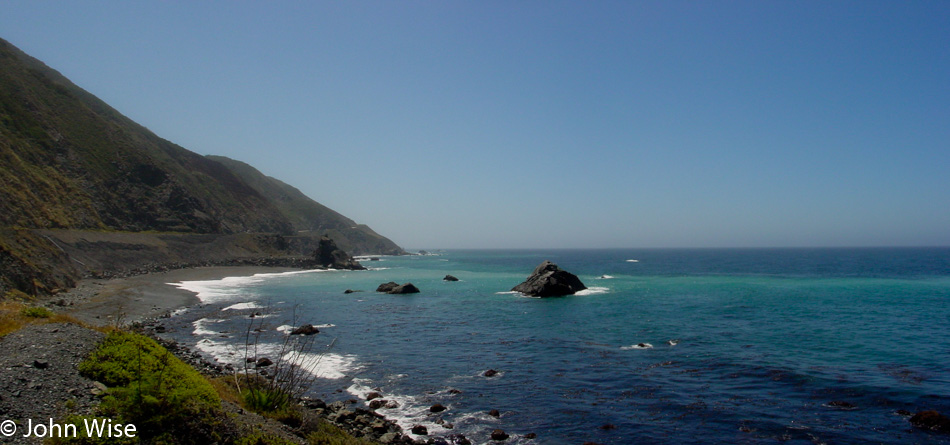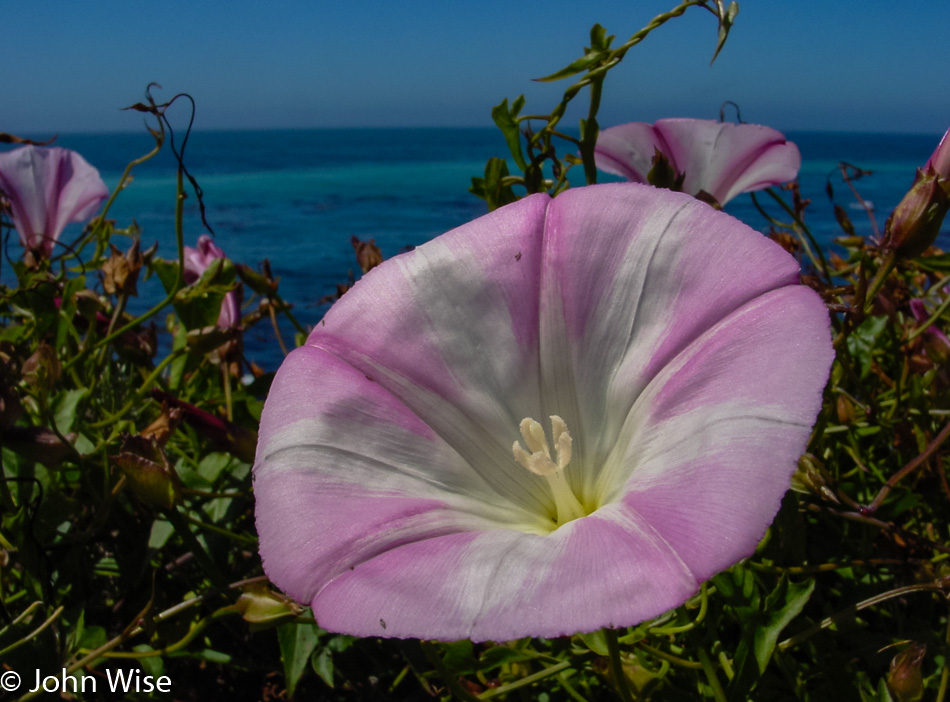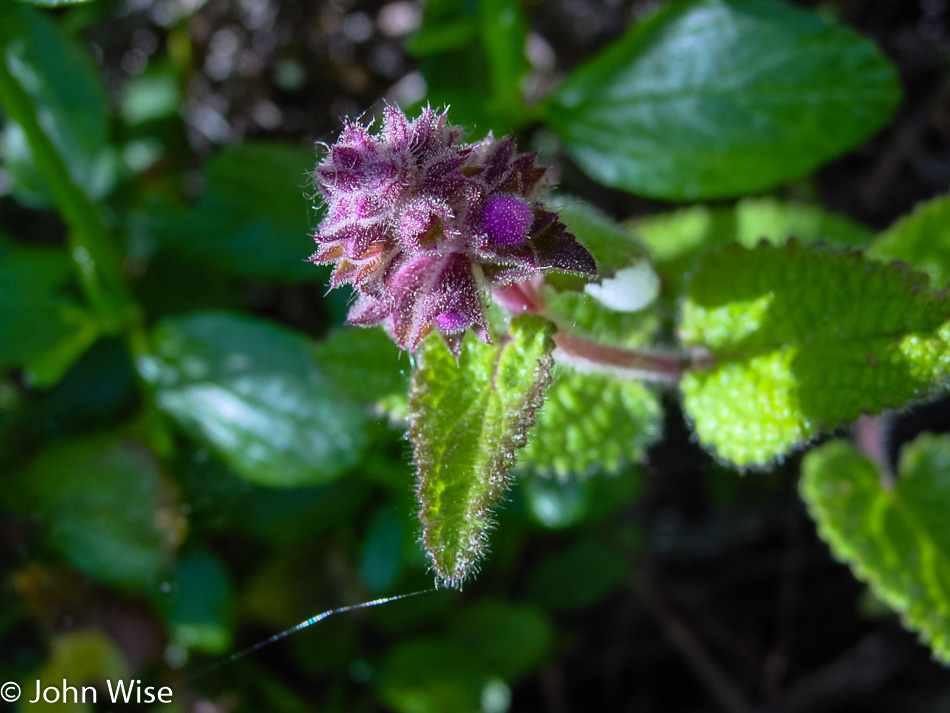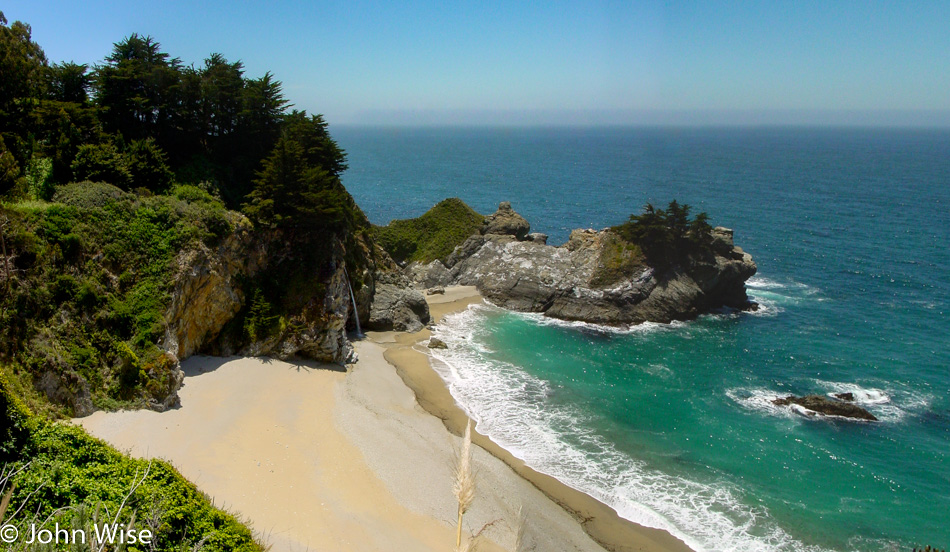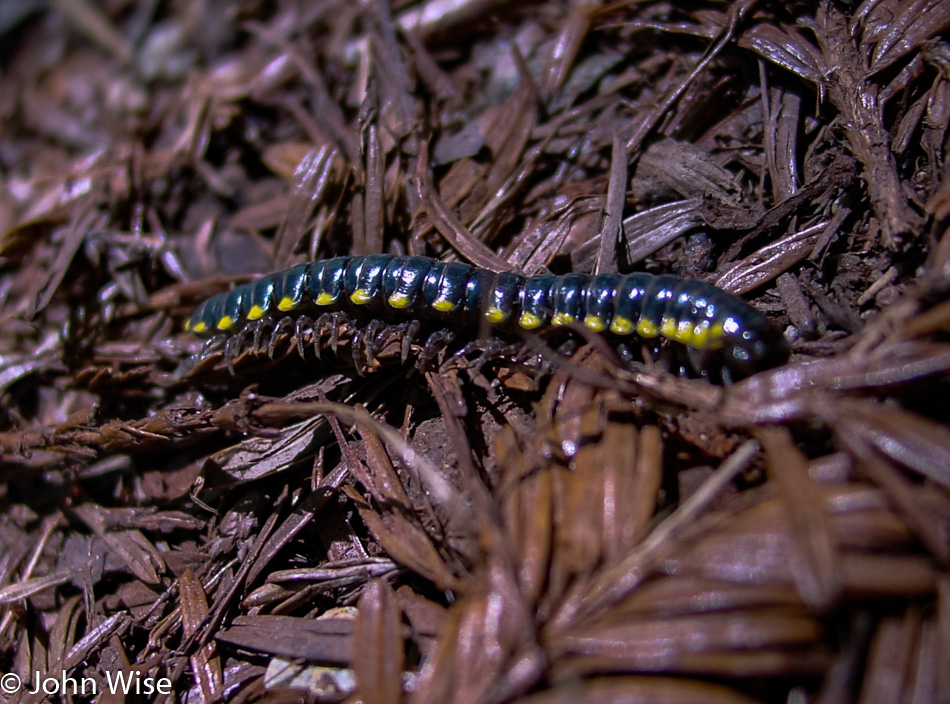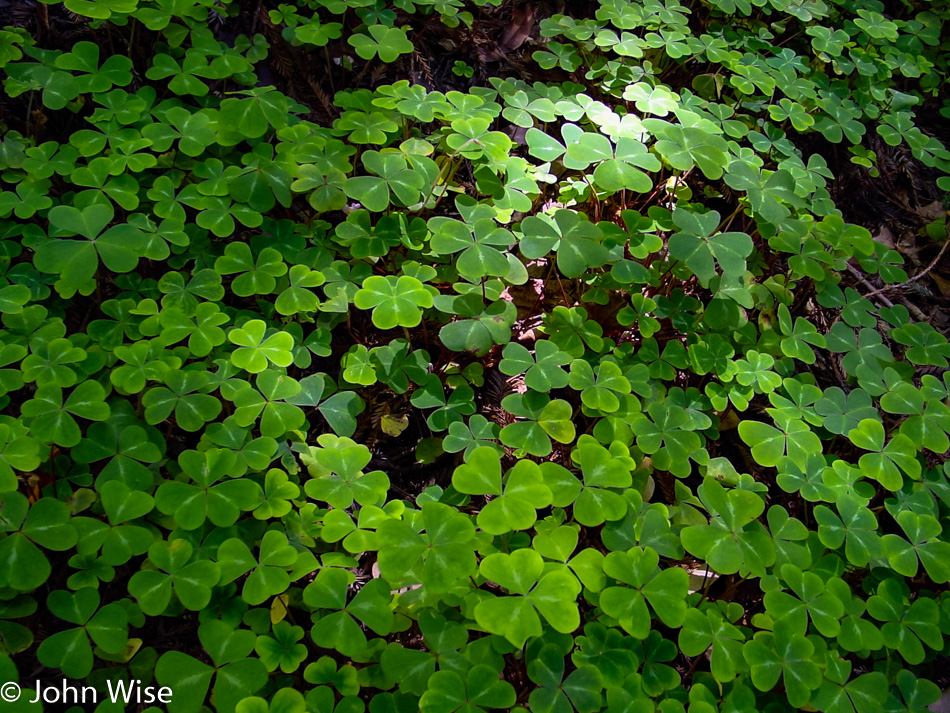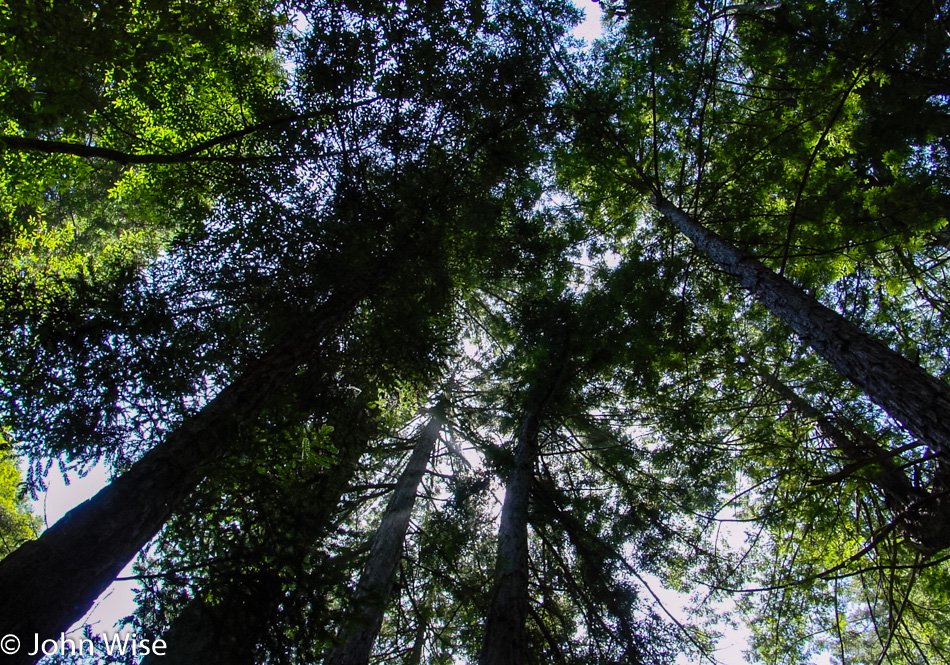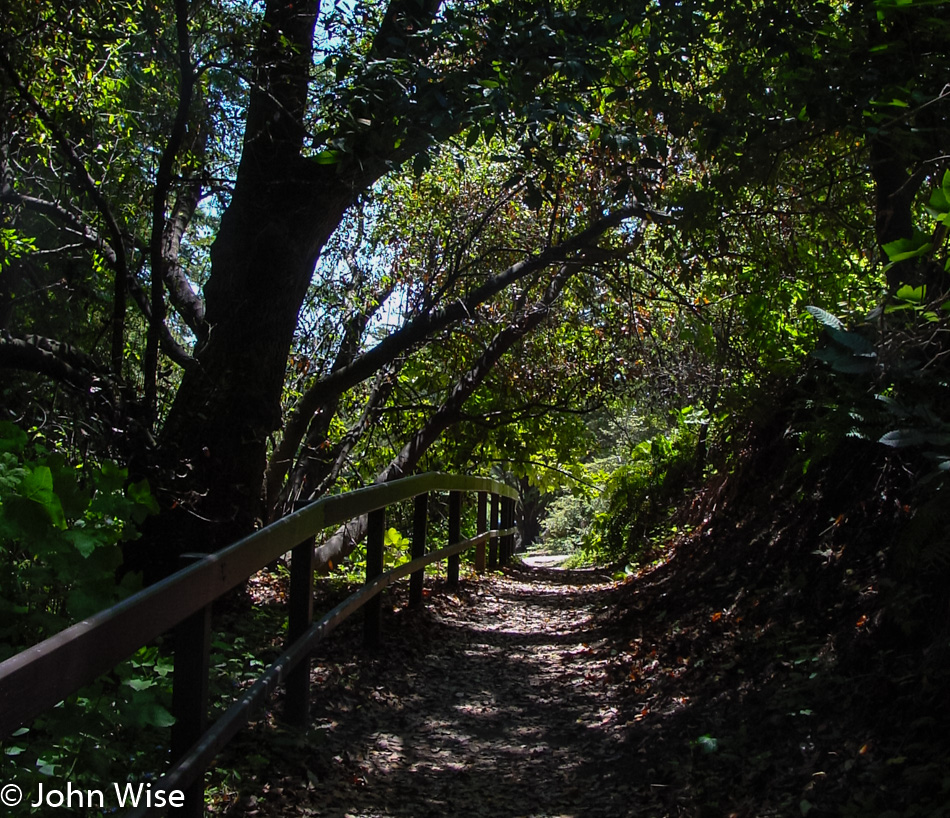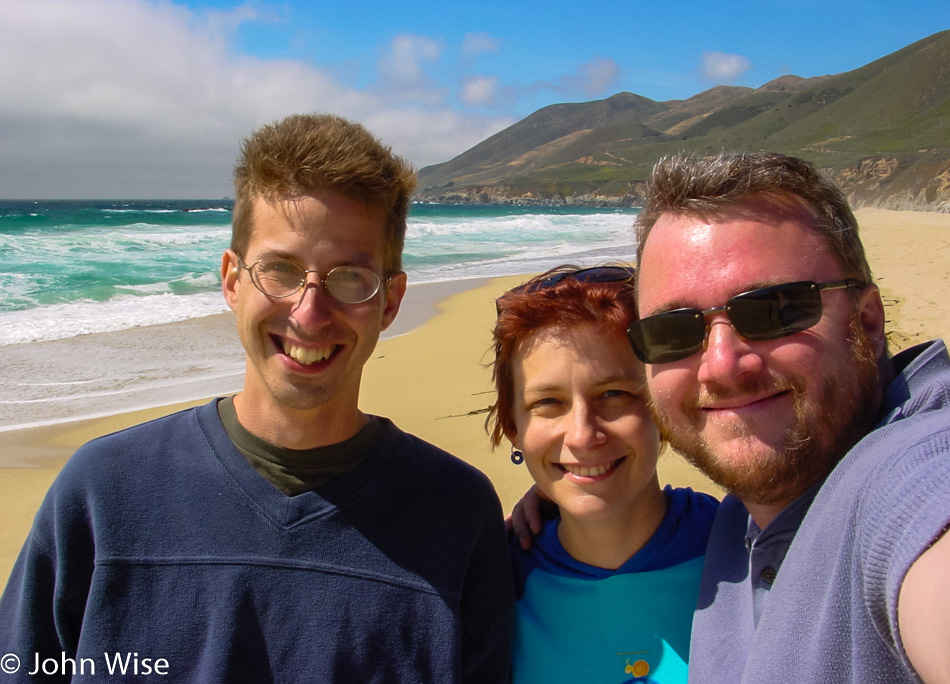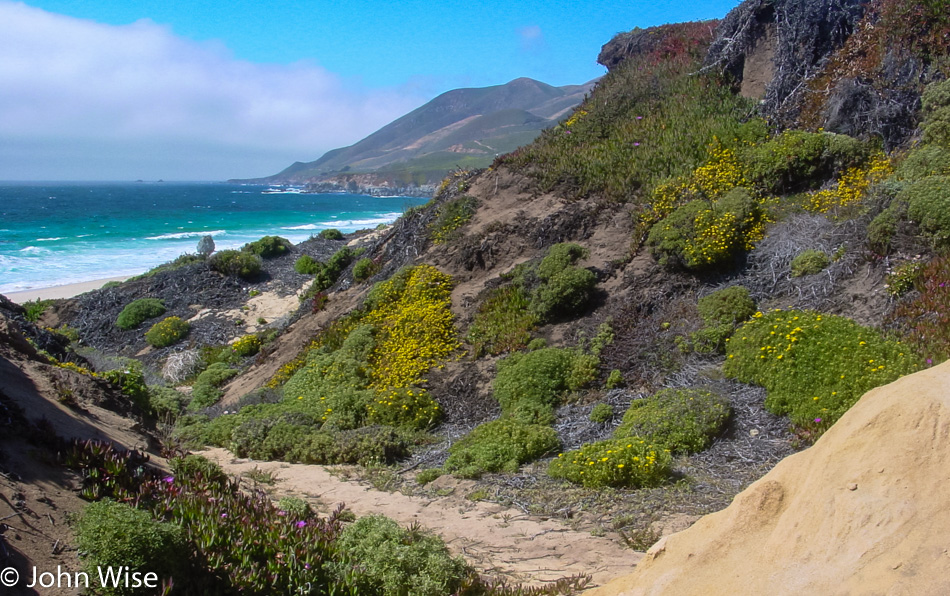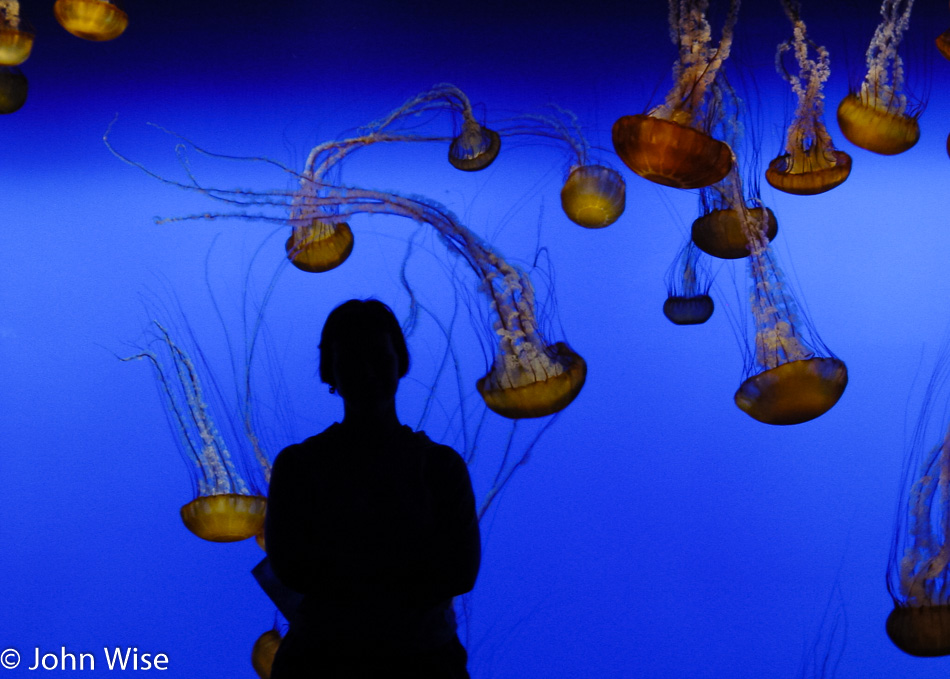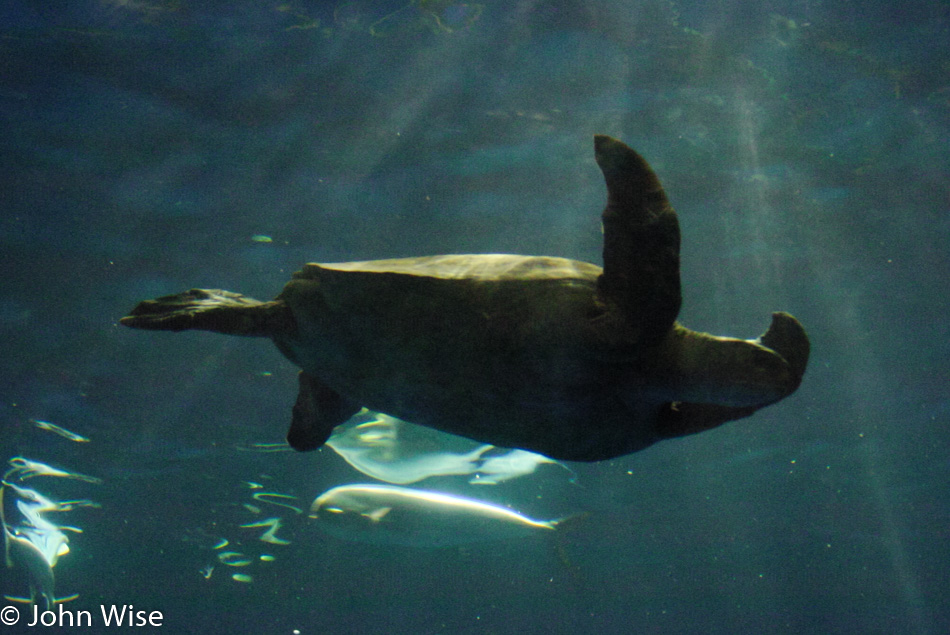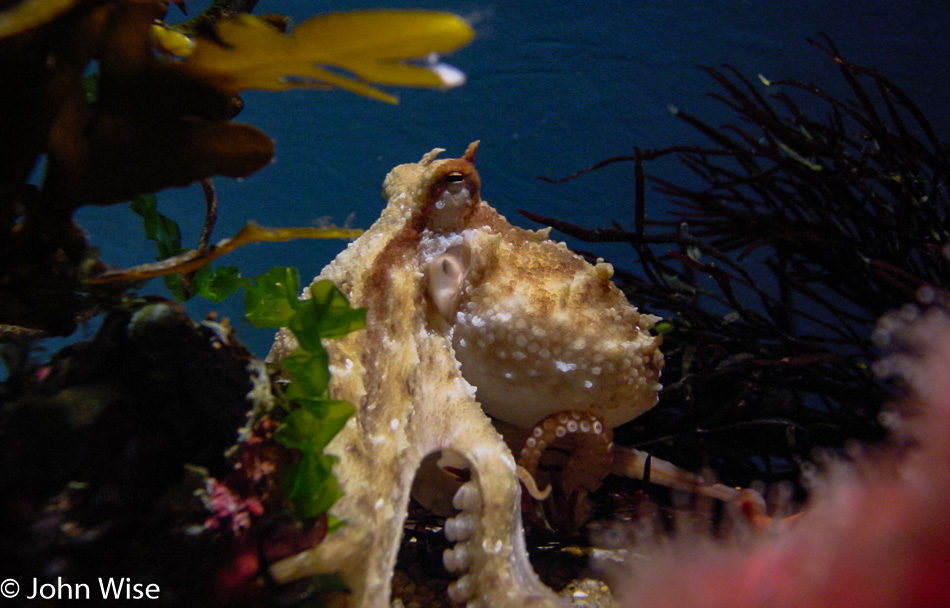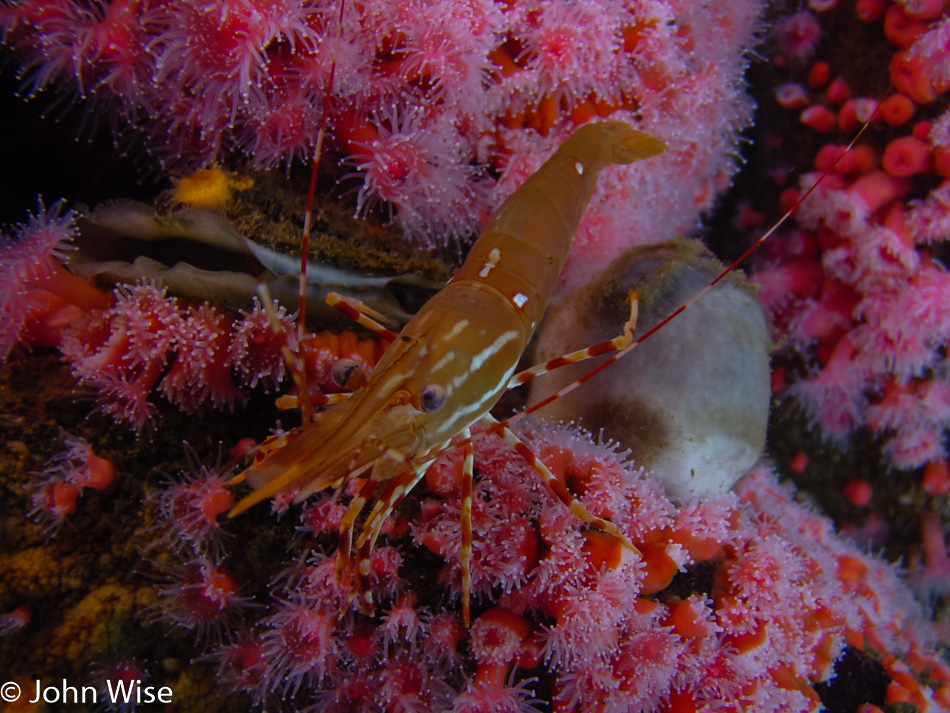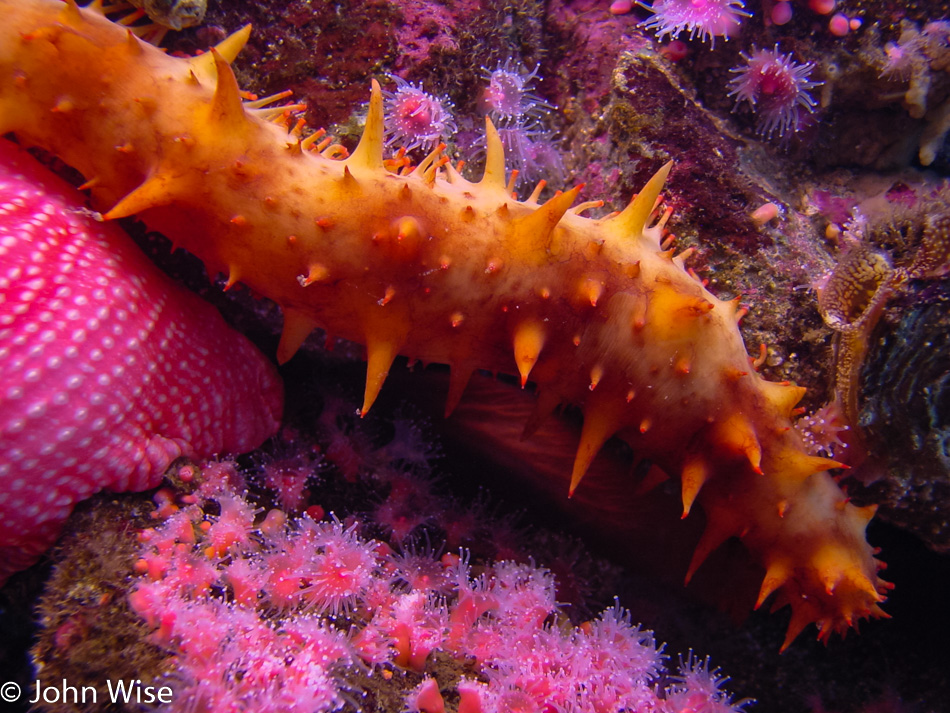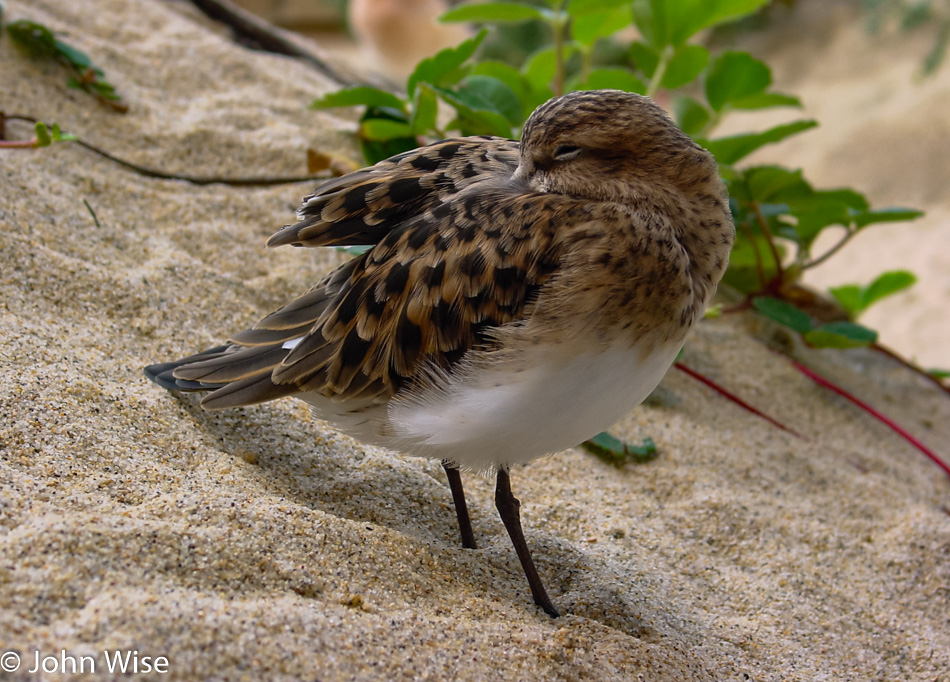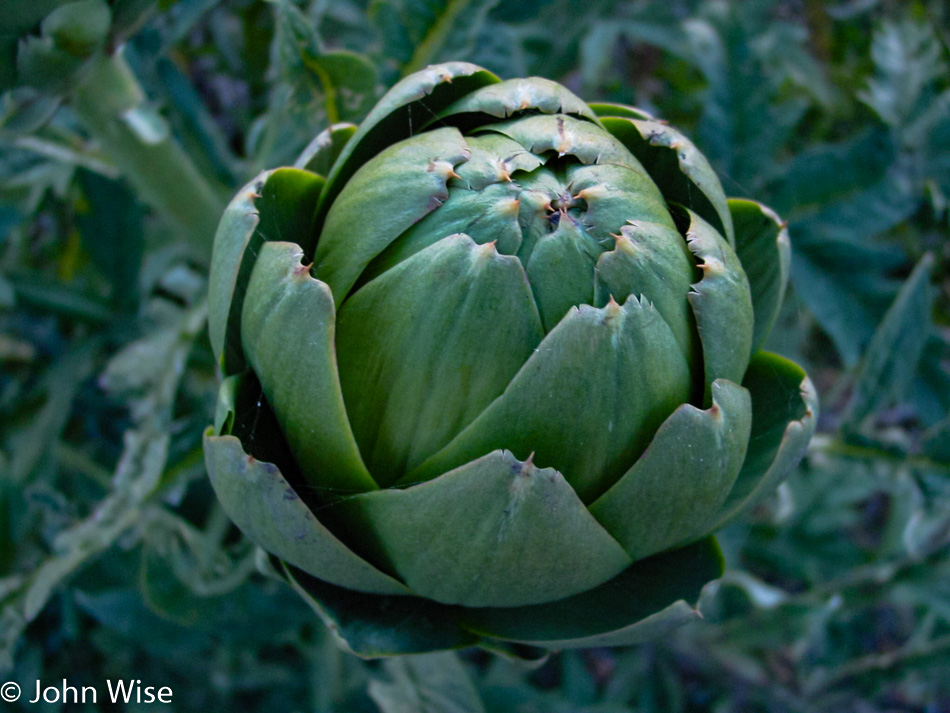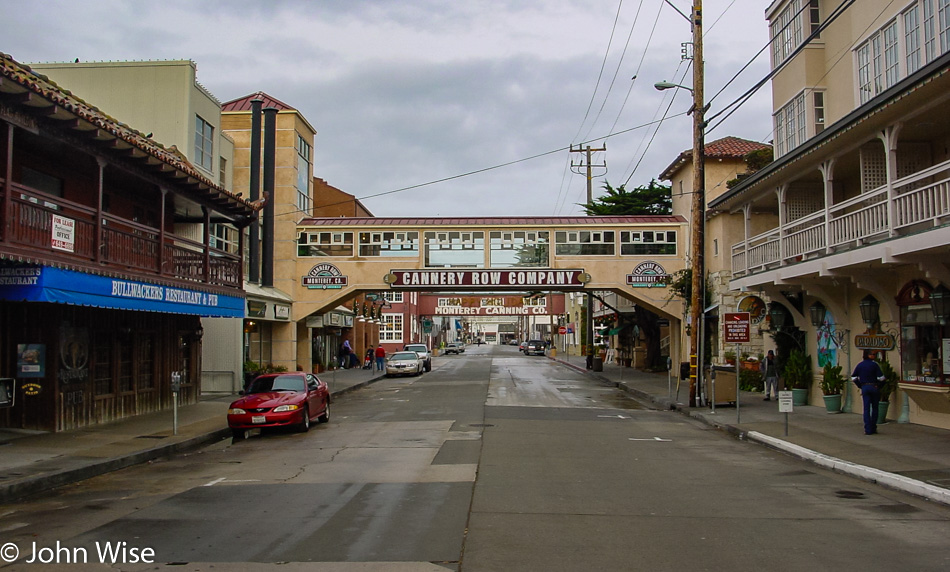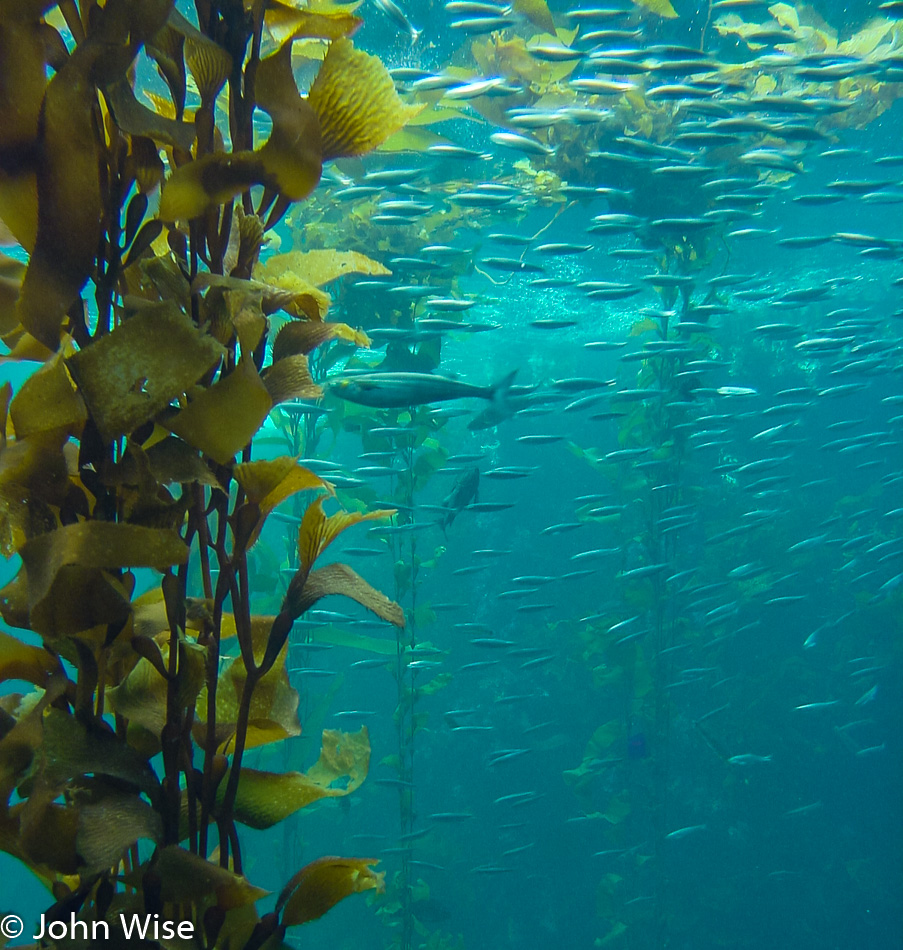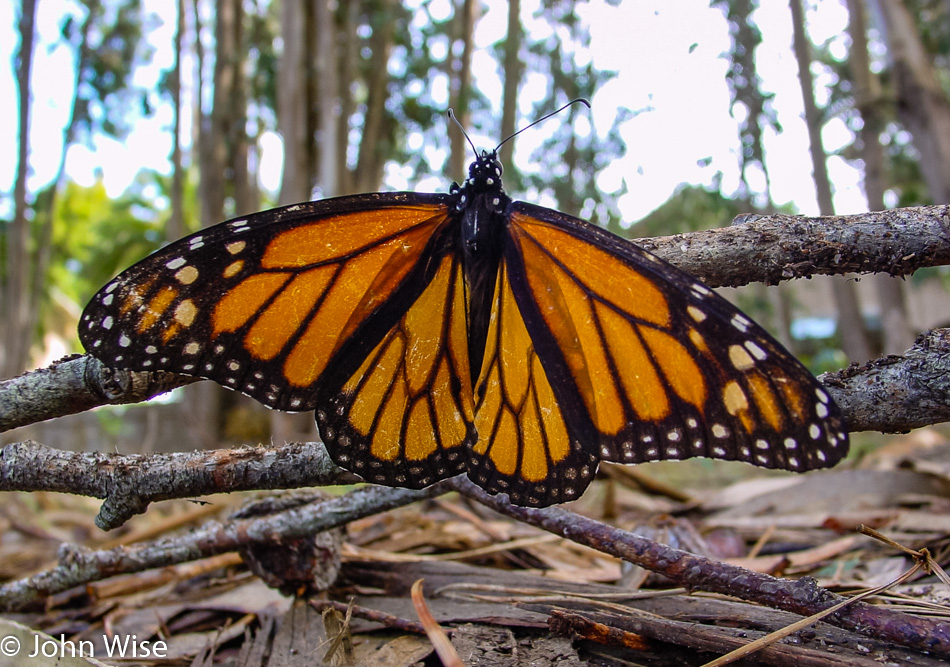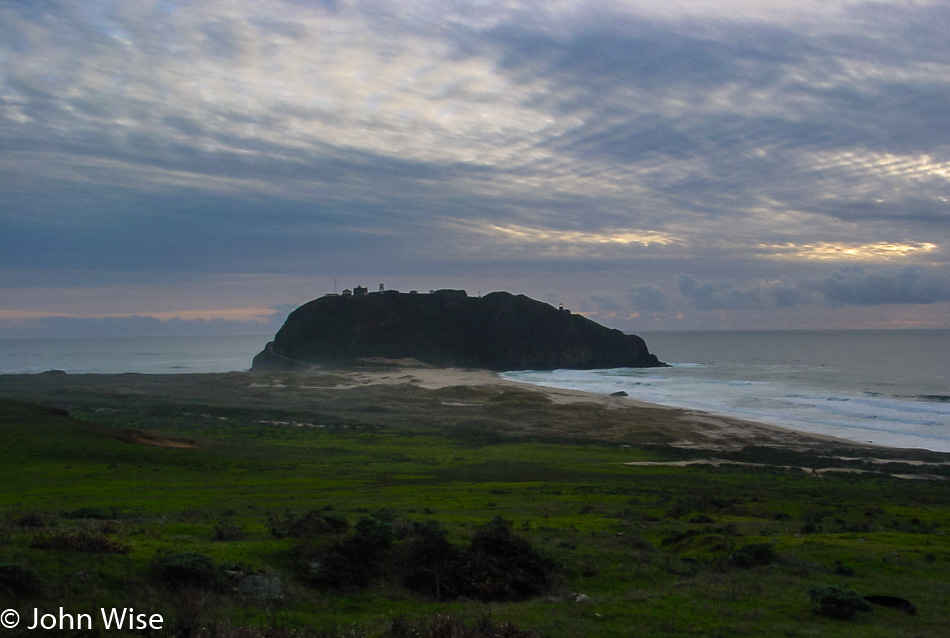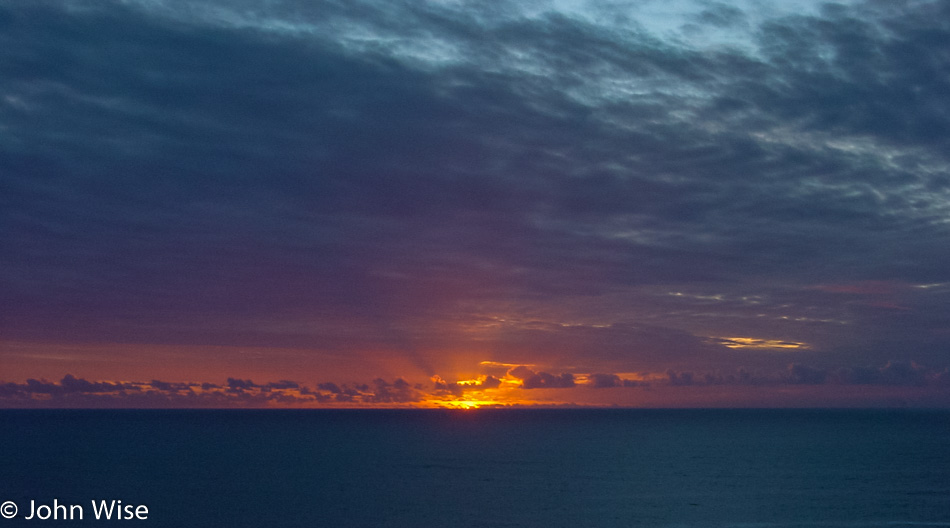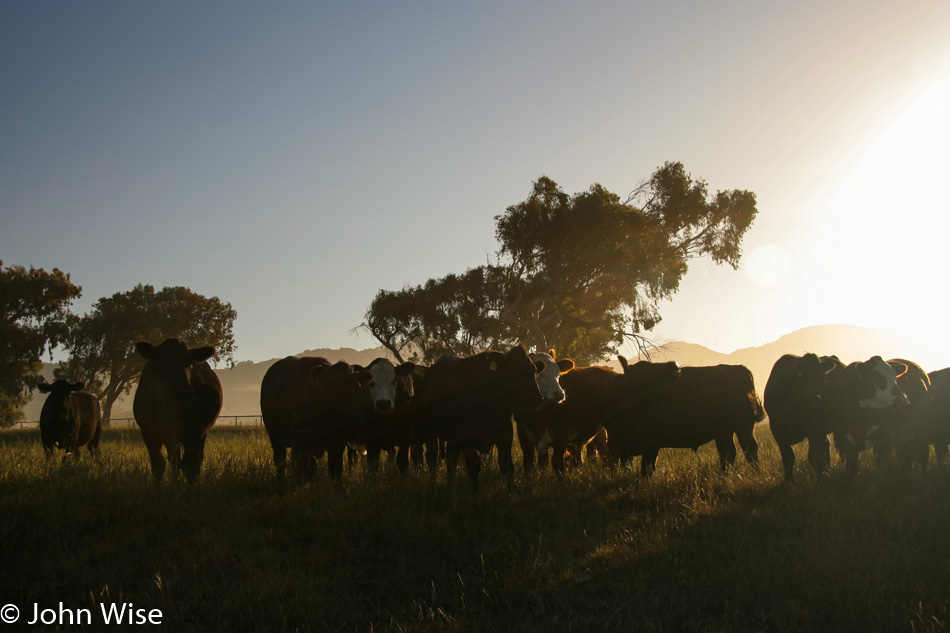
Disclaimer: This blog entry wasn’t written until 15 years after the trip. It should be noted that it was a huge mistake to have not written it way back when. Sometimes, after writing so much about other days, it happens that at the time directly after the trip (or even during), I convince myself that the details are not that important. Years later, these details are that important, and pulling them out of foggy memories is difficult. The photos help and often leave clues, and then Caroline’s memories are usually far clearer than mine. With that said, here goes.
North of San Simeon (home to Hearst Castle) on the Central California Coast are a number of beaches that are home to colonies of cows. Depending on the time of year, you can see adult bulls battling for harems, newborn calves squawking next to mothers, juveniles lounging about, and gobs of tourists. Oops, that description was meant for the elephant seals.
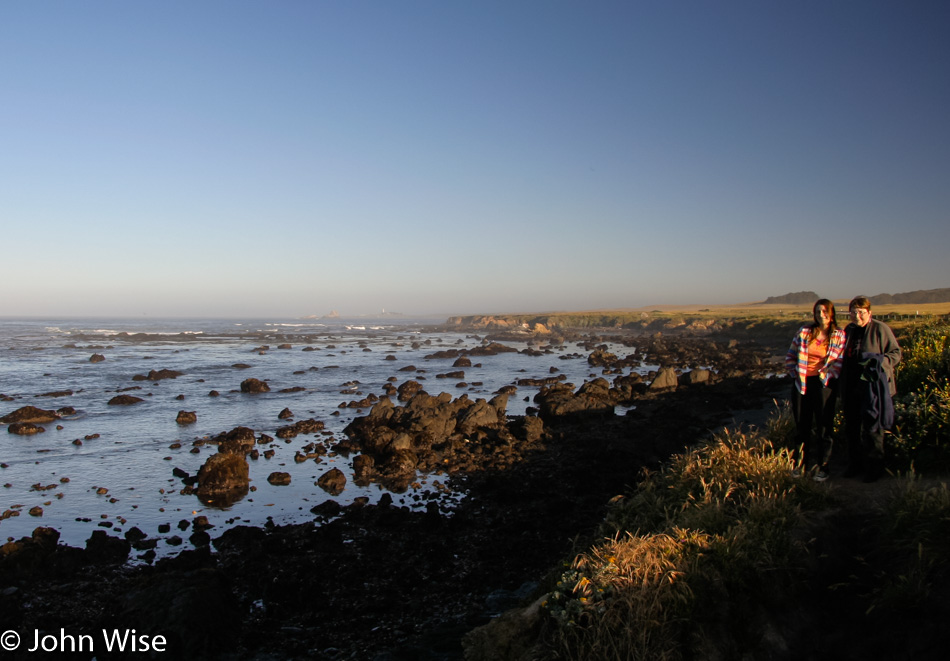
If you want to avoid the throngs of tourists, visit early in the day or late in the afternoon – or visit on weekdays for the best viewing. Motels are relatively inexpensive; we paid $75 last night for three of us on a Saturday. Oh yeah, depending on the season, you won’t just see a few seals; there are hundreds of them soaking up the sun.
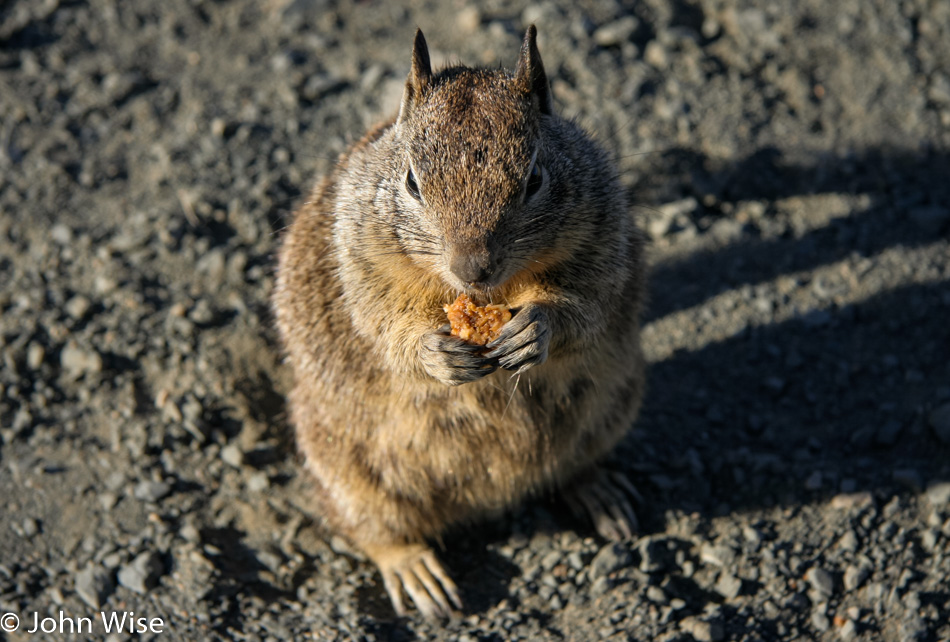
There are also squirrels that we were feeding bits of our granola bars apparently…this is obviously before we learned better and stopped feeding wild animals.
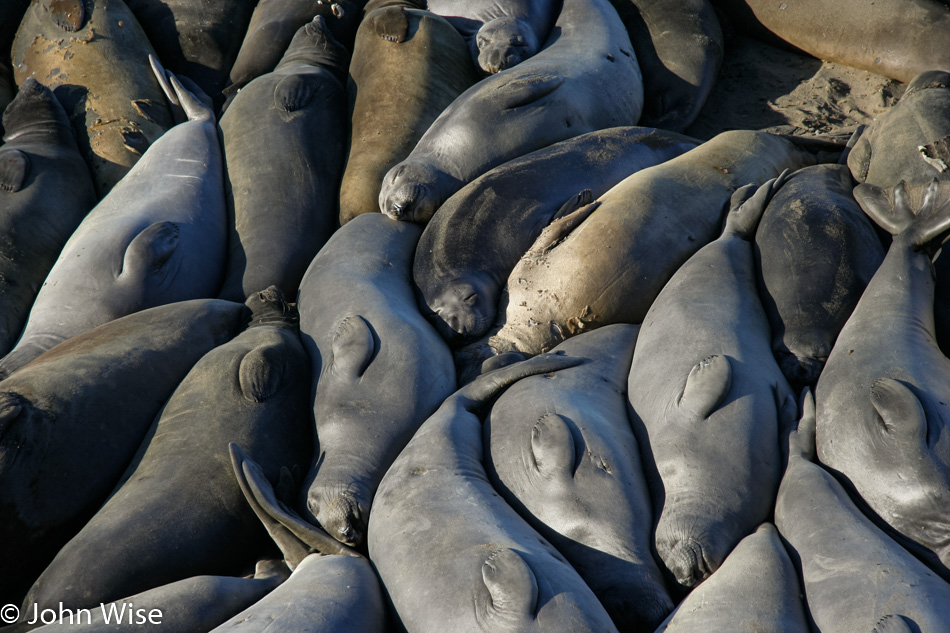
Maybe you are thinking that this picture looks a lot like the photo from the day before. Well, the seals definitely lay around a lot; they also scratch themselves and fart a lot.
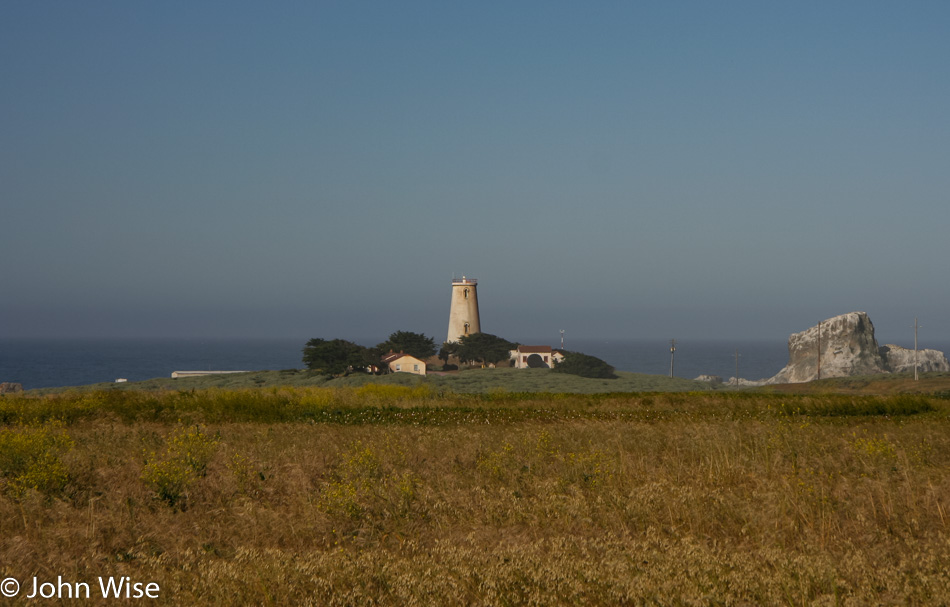
The views along the coast never grow old.
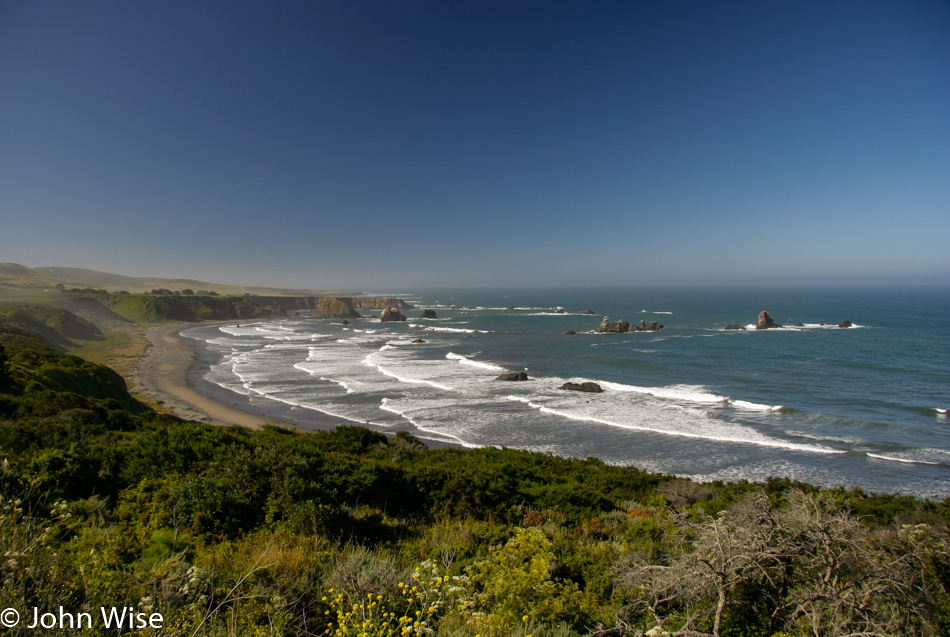
We delight in every perspective and only wish we could move slower on our treks up or down the Central Coast of California.
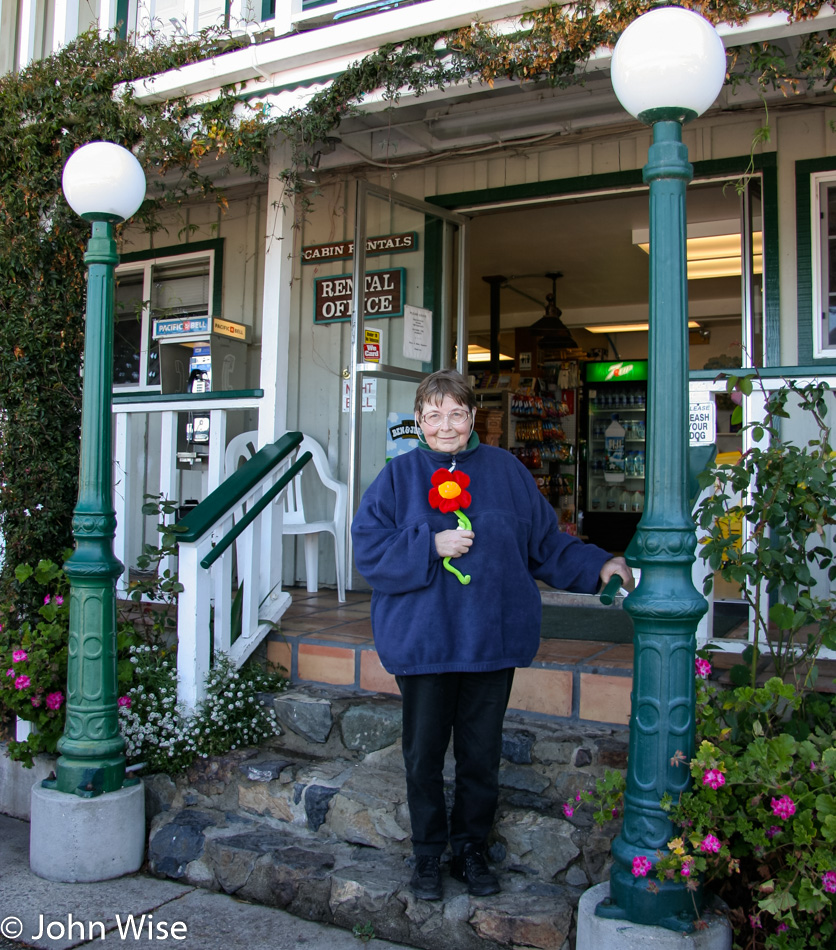
Here at Gorda By The Sea, my mother-in-law walked out of the shop with this flower (after she paid for it, obviously); it turned out that this was a gift for Katharina back in Germany. Our niece was five years old back then; I wonder if she still has this.
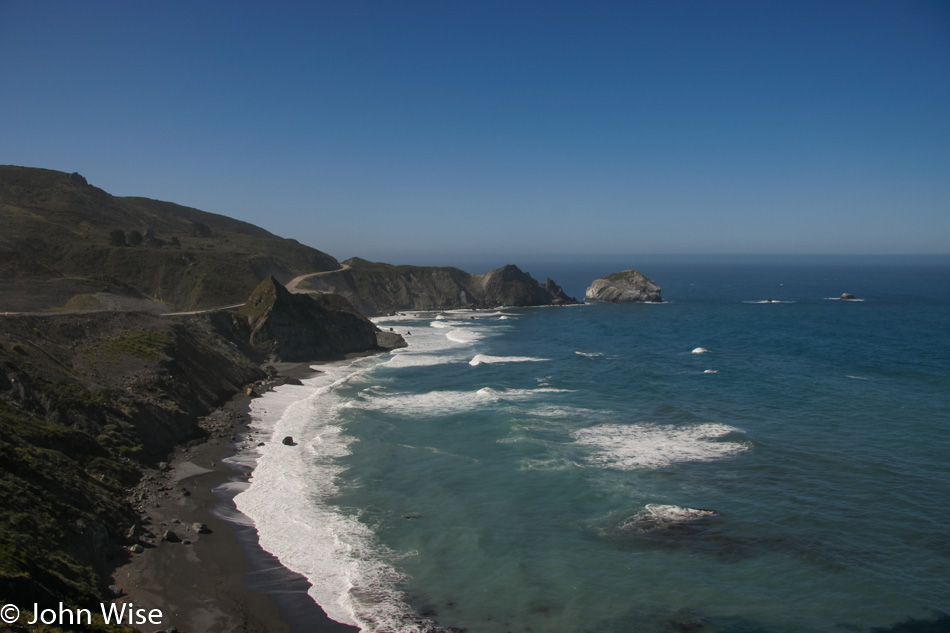
We can linger at the sea all day.
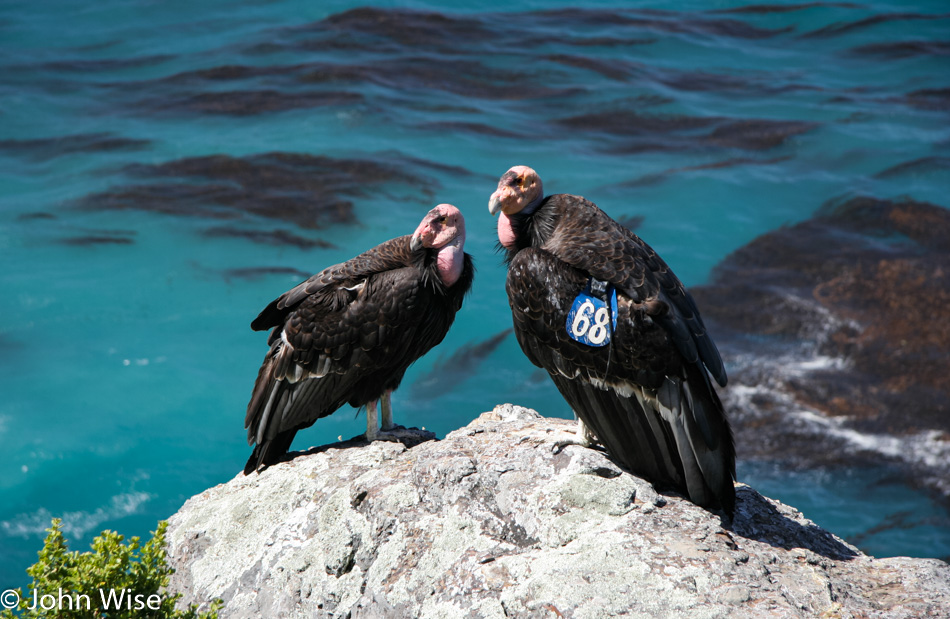
What are those on the rocks? They are California condors and, just like with a bison jam in Yellowstone, the traffic jam of cars and people gawking as if a whale had just beached was the giveaway that something was going on. This is just as rare a sight in some ways as these birds of prey were almost extinct before California made a huge effort to save the species.
After pulling over, we were bowled over to see this condor couple not more than 20 feet (7 meters) away from us. I was certain that raising my camera would scare them off; instead, they bored us off. Like wax figures, they sat there, no stretching the wings, no swooping down on some hapless bird for a wee bite, not even a giant condor poop. We waited, waited patiently, then impatiently. The people noises did not interest or disturb them, and barking from the stupid bearded fat man didn’t do much either, besides annoying his wife – uh, sorry, Caroline! And so, without an action shot, we got back into the car and continued driving north. I bet they really were wax figures meant to fool us tourists and that they are still sitting there.
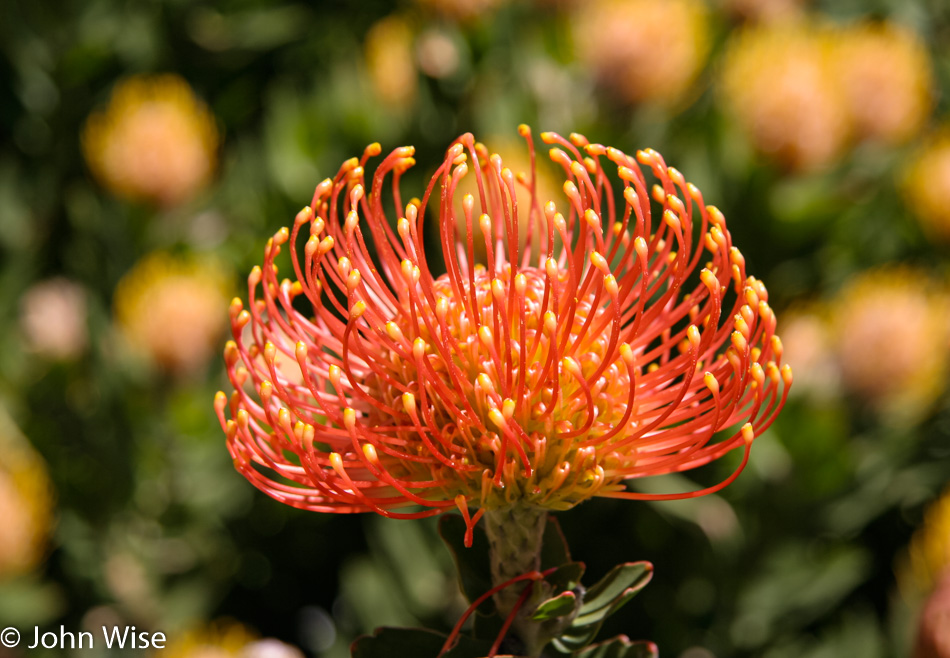
The coast is about more than the sea as contrasts stack up along the way.
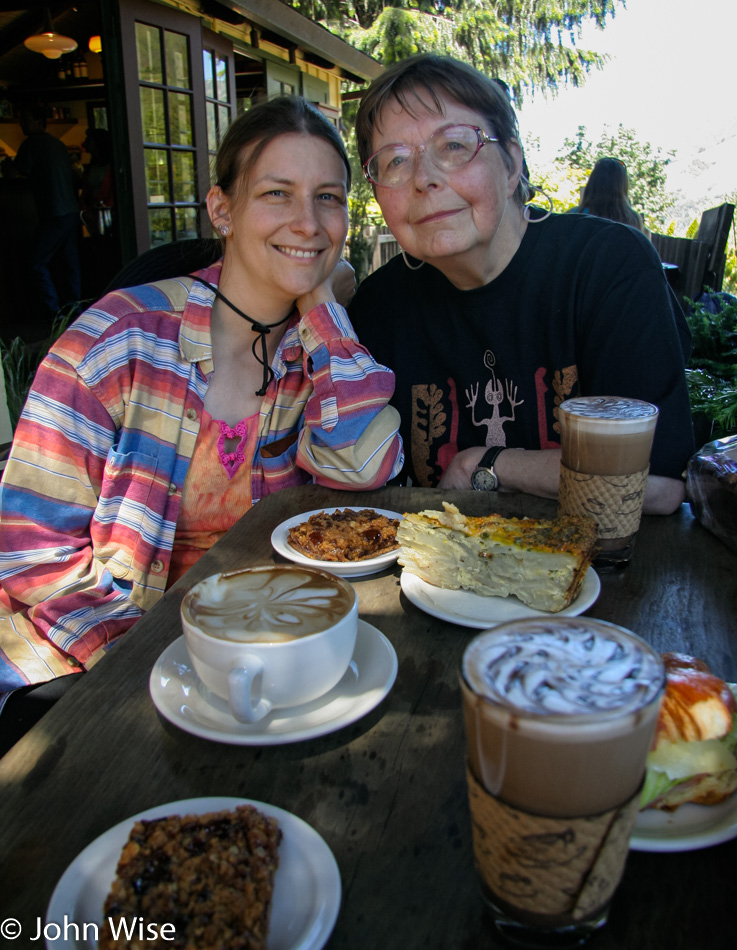
Lunch had to be taken at our favorite cafe in California, right here at the Big Sur Bakery. Can you tell that I’m still working on getting Jutta to make nice for the camera?
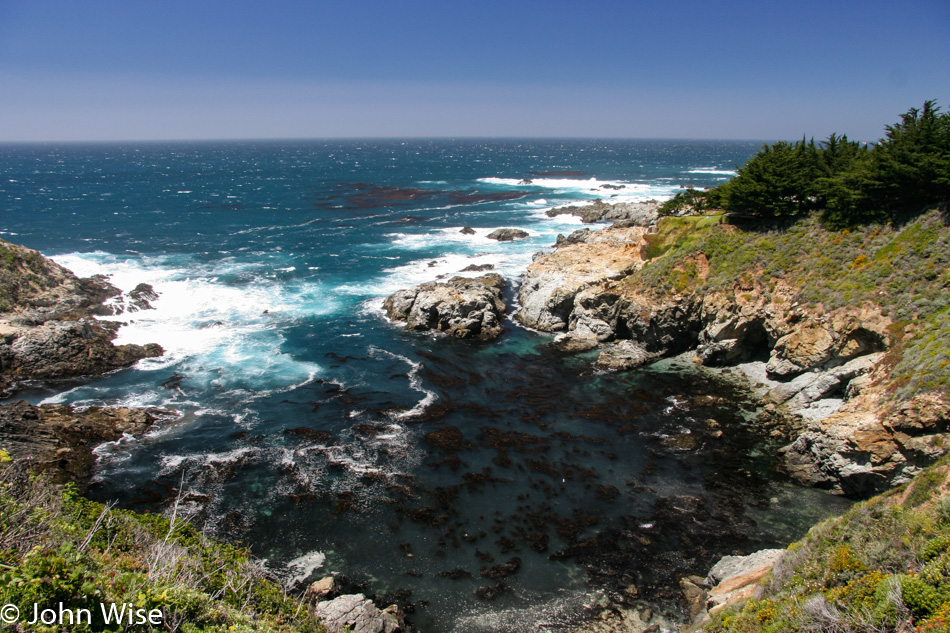
Over the years prior to this visit and in all the visits since, we never tire of the sound, the smell, the colors, the weather, or the way it all comes together to strike us with how profoundly lucky we’ve been to witness this grandeur with our own eyes.
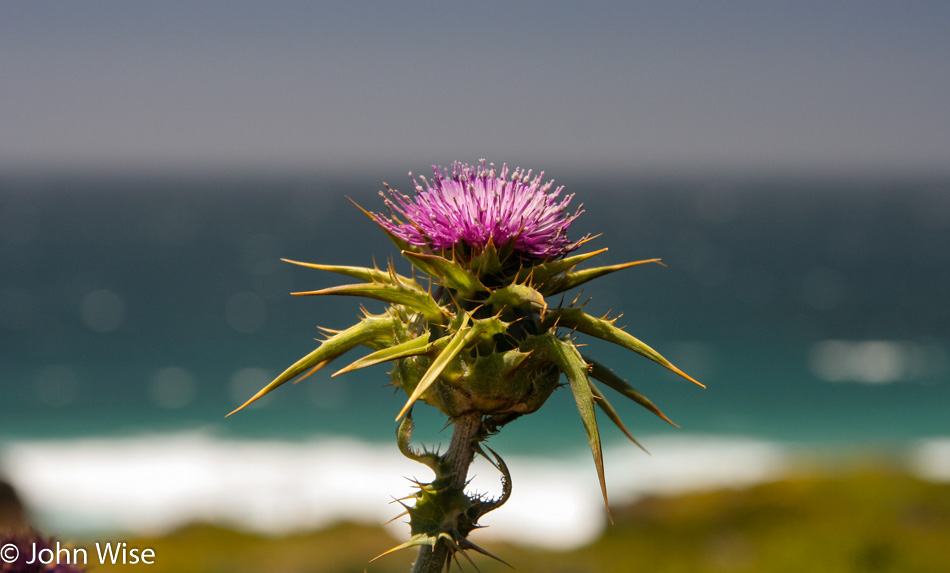
A simple thorny thistle that is as wondrous as any of the other sights we’ve seen today or are yet to come across.
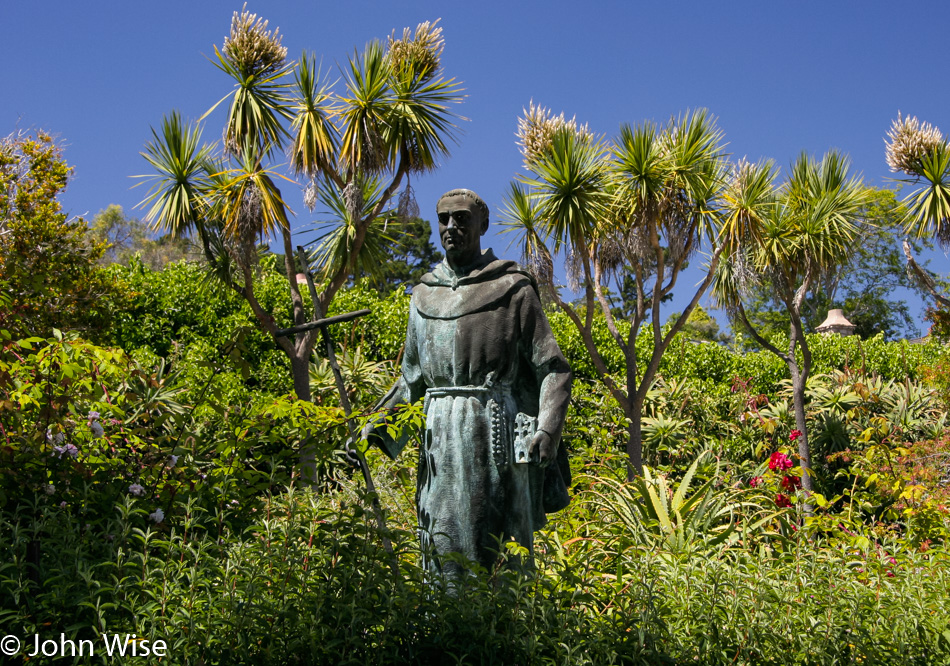
Adding something new to this coastal visit with a stop at the Mission San Carlos Borromeo del Río Carmelo.
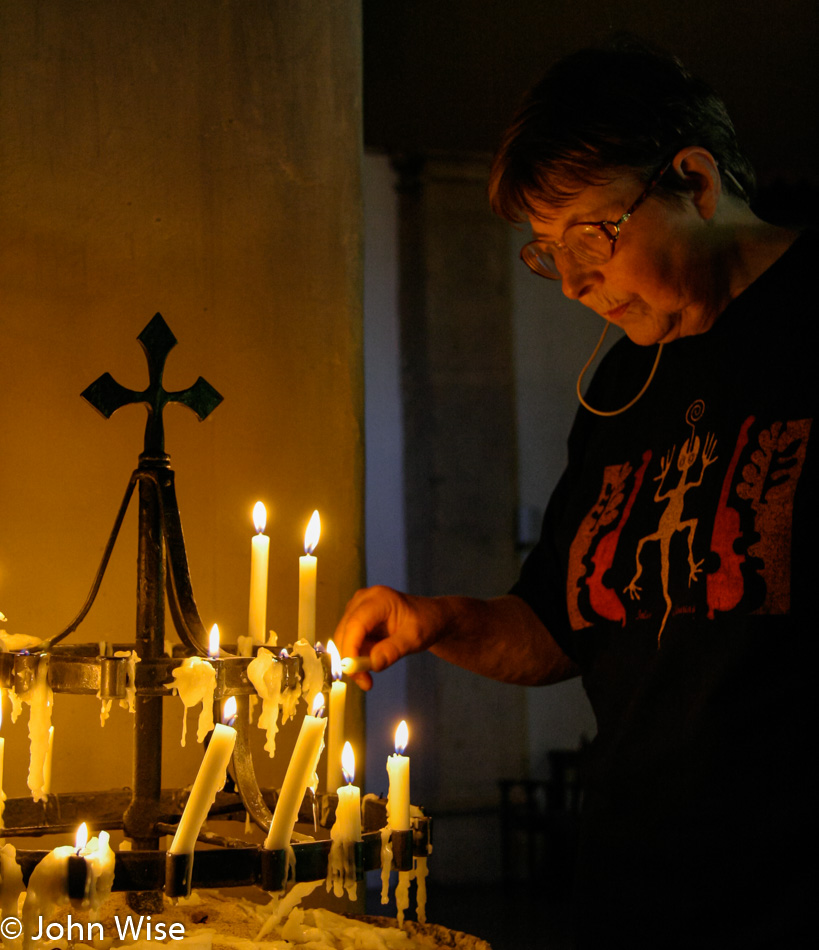
Things look tranquil, but I can guarantee you that just an hour earlier, I was working hard to keep my mother-in-law awake, and she was working hard to catch a nap.
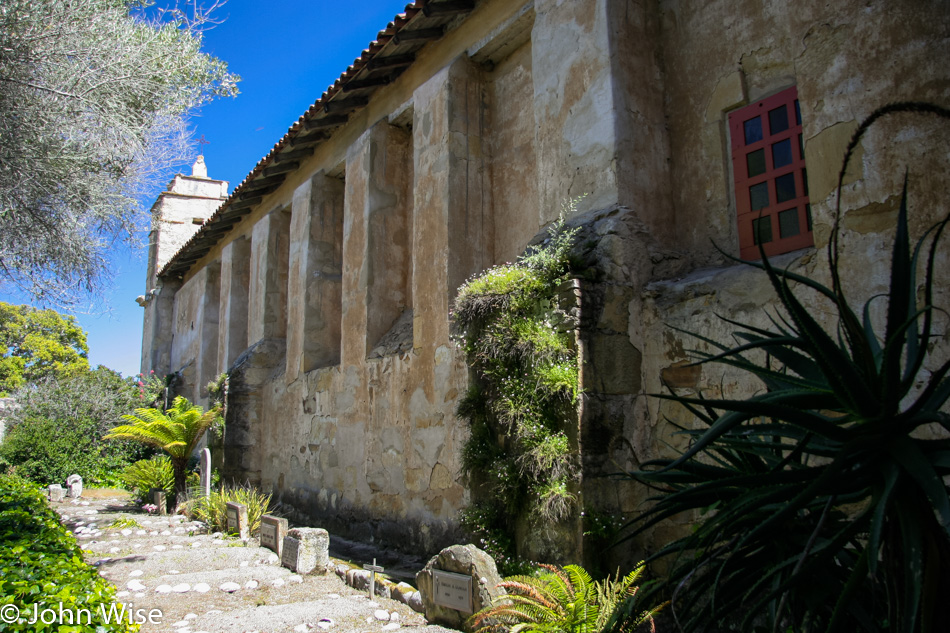
We try to go slow to allow Jutta to read every marker and examine every plant and detail.
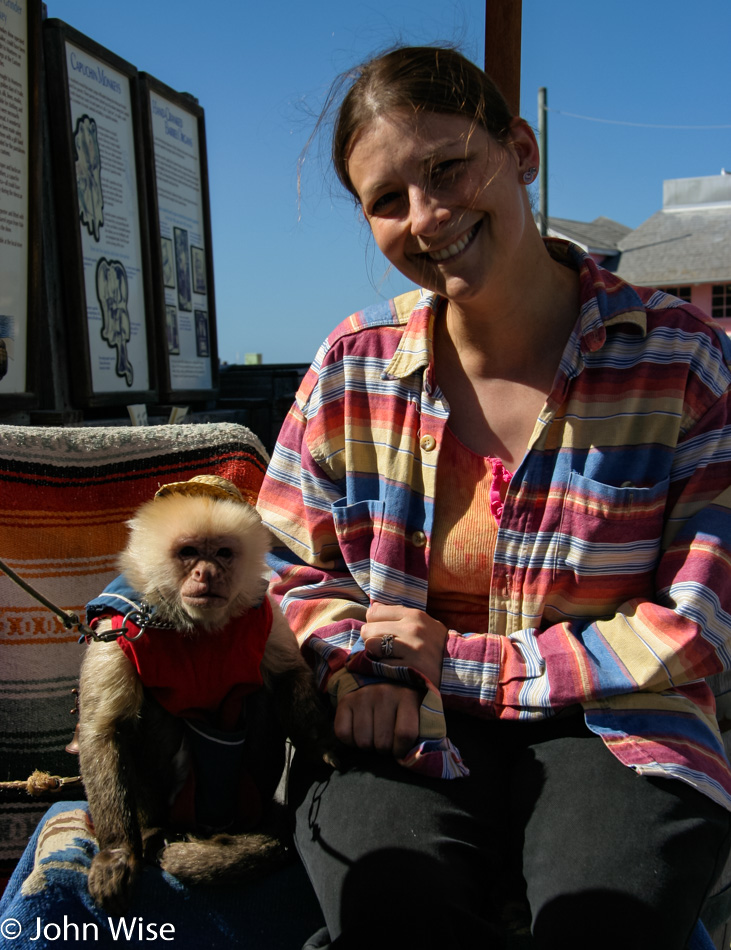
But before we know it, we’re in Monterey, shaking hands with monkeys.
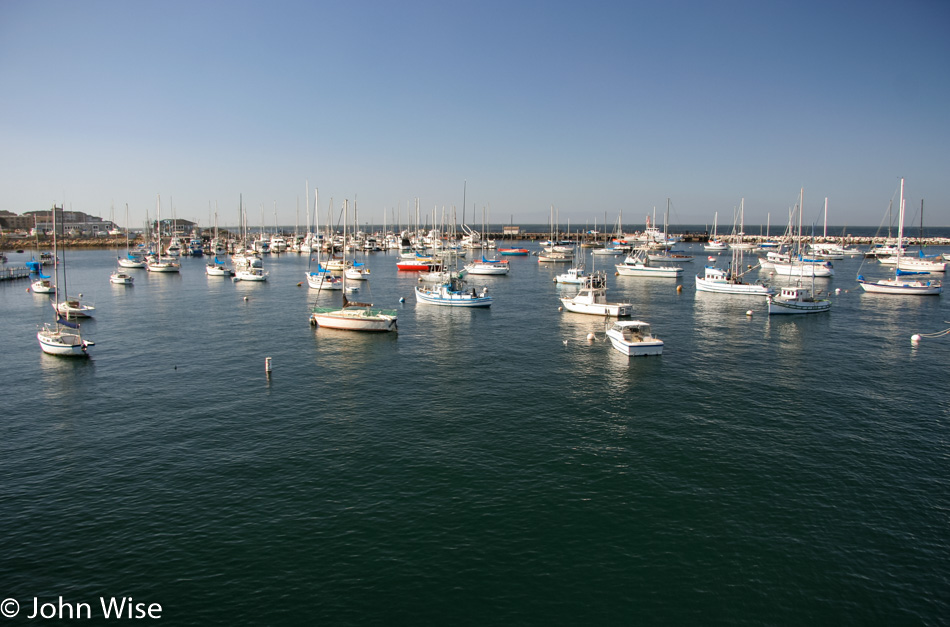
So our stop in Monterey, more specifically, our stop at the wharf to introduce Jutta to clam chowder in a bread bowl, didn’t go as planned. Oh, she ate it even though she said it wasn’t her favorite. Turns out it was so not her favorite that she’s in the bathroom vomiting it out while I’m over here taking photos of the boats.
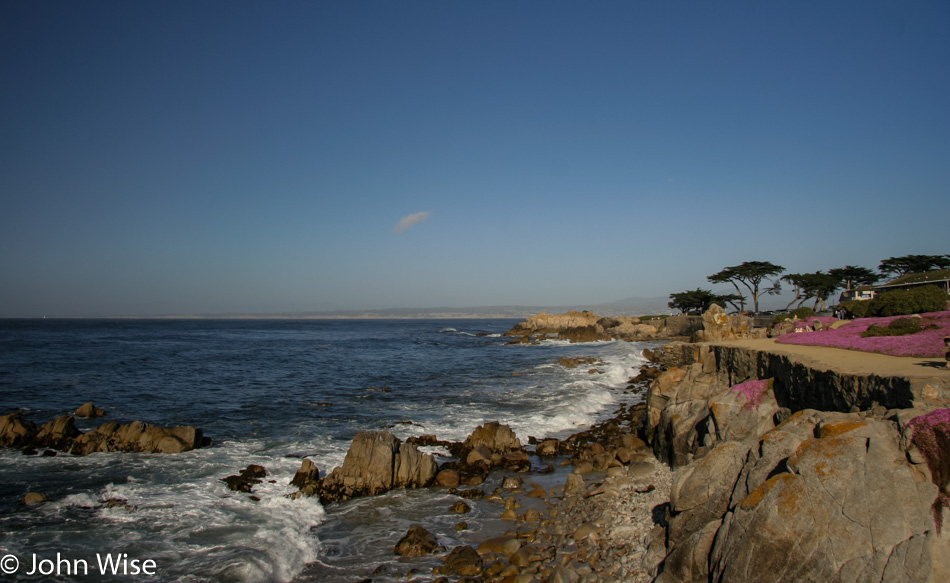
Good thing we didn’t have any more driving scheduled for the day, so we headed over to Pacific Grove for a short walk in some surprisingly strong winds to let Jutta’s stomach settle.
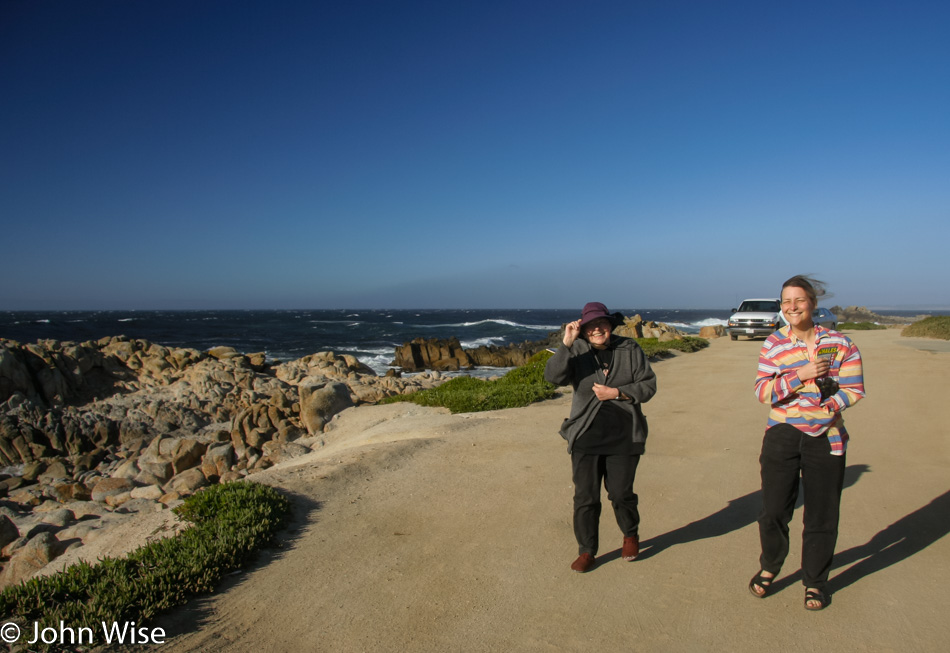
And soon afterward, she’s fit again and ready to enjoy the rest of the day.
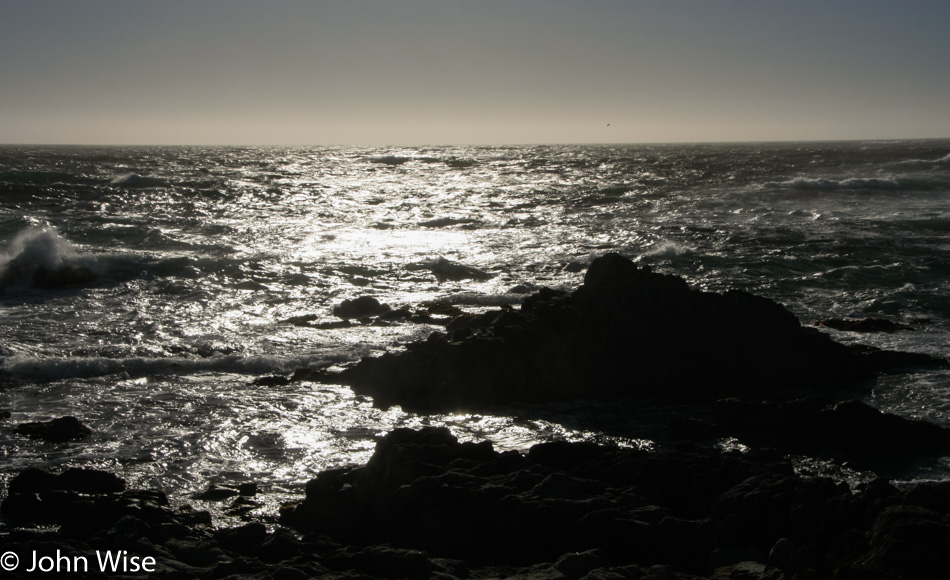
Nothing left to do but chill out by the ocean, watching the glistening water catch sunrays, hypnotizing us into wanting to live right here. Our room for a mere $69 was at the Thunderbird Motel in Seaside, as we’re too cheap to splurge for those $120-a-night rooms in Monterey.
